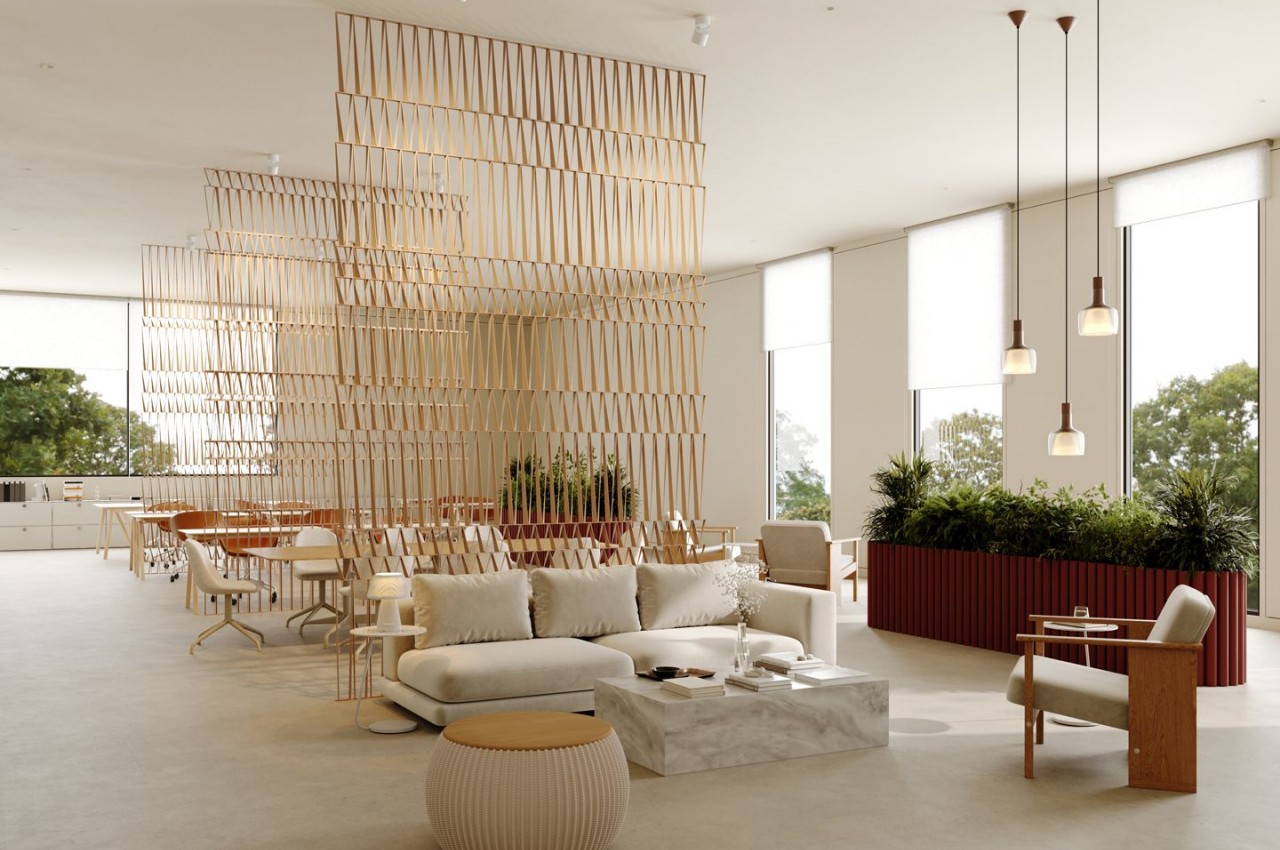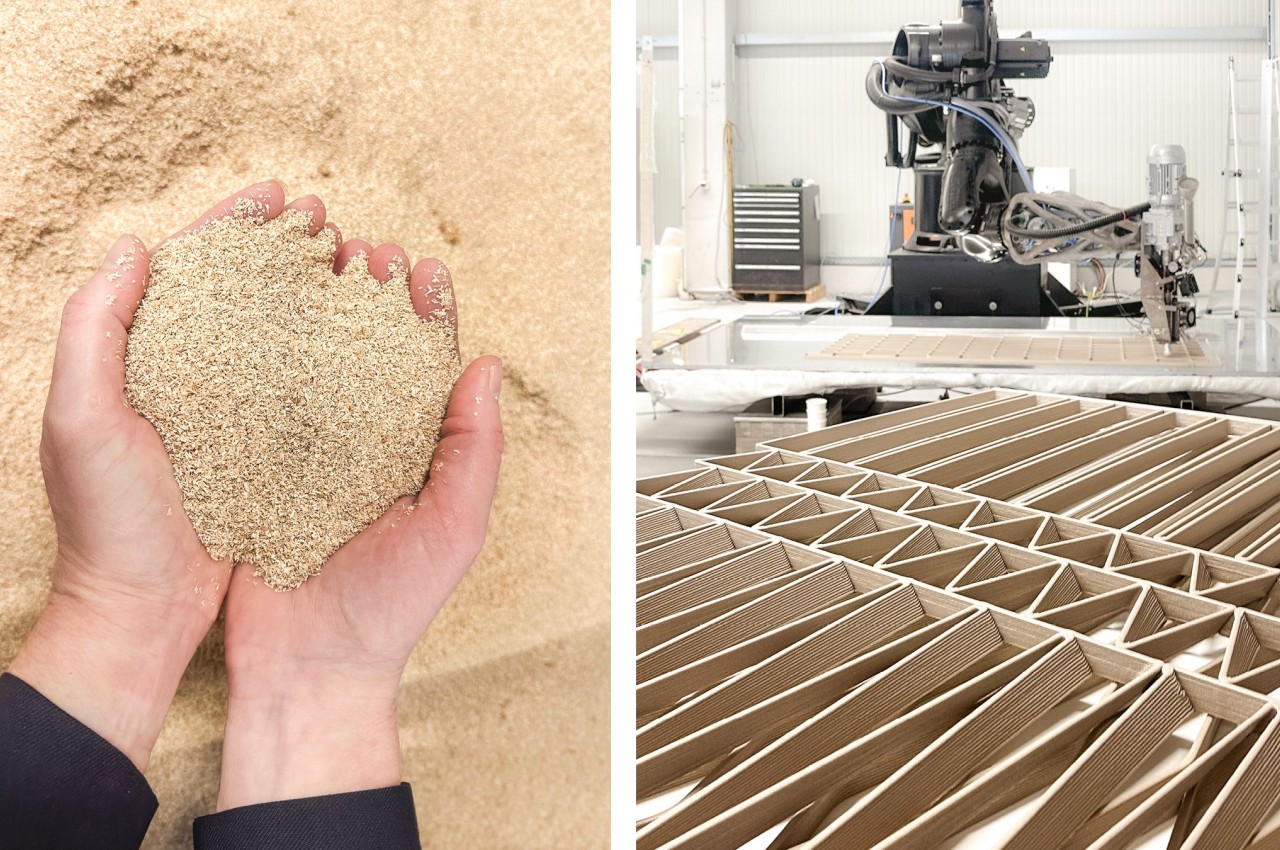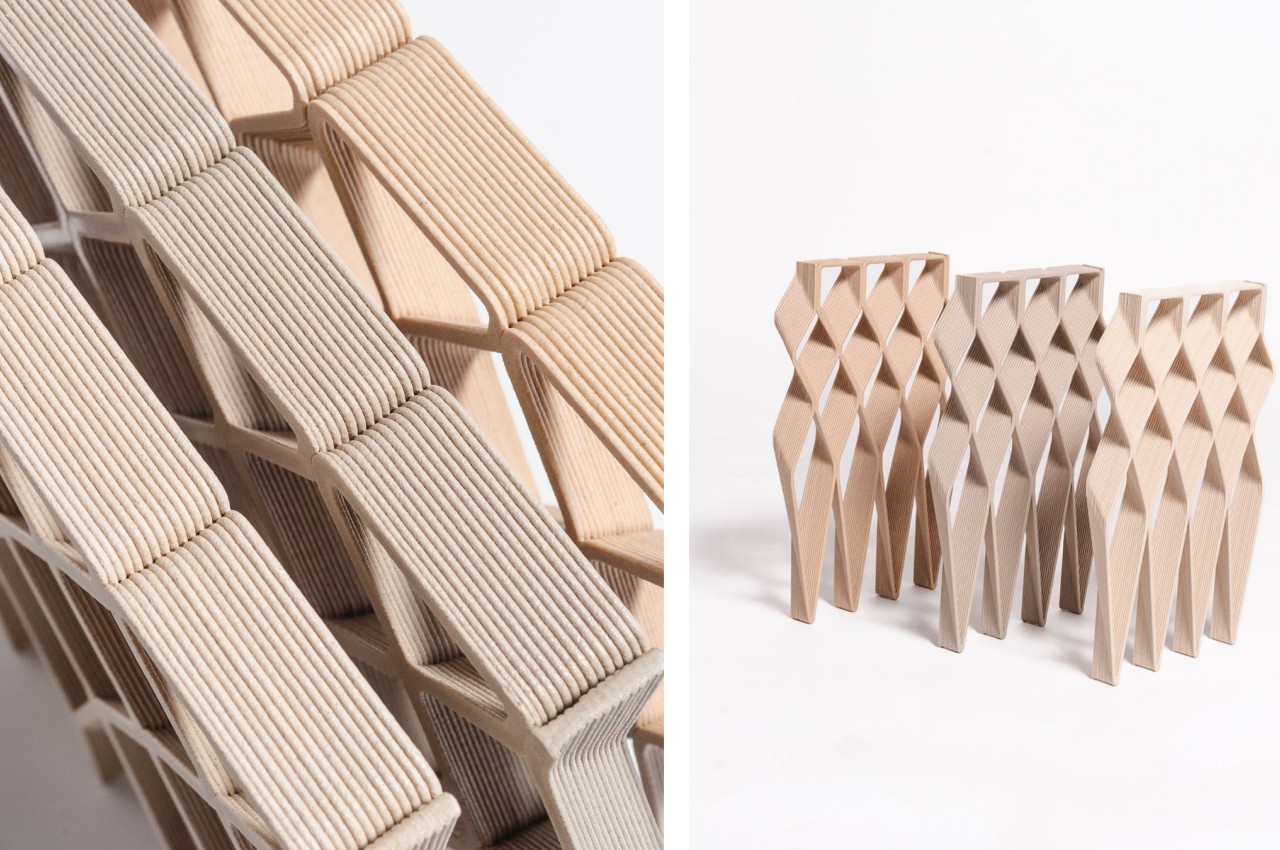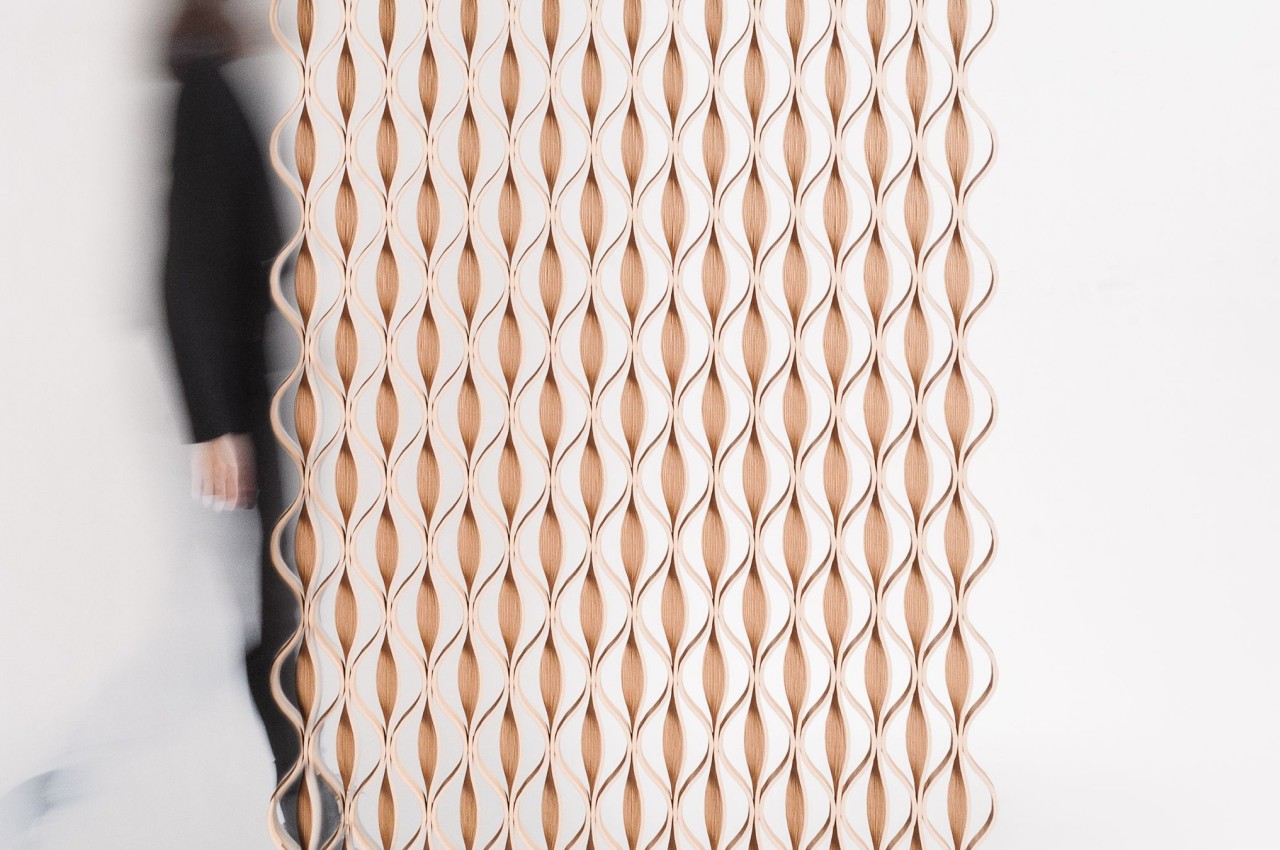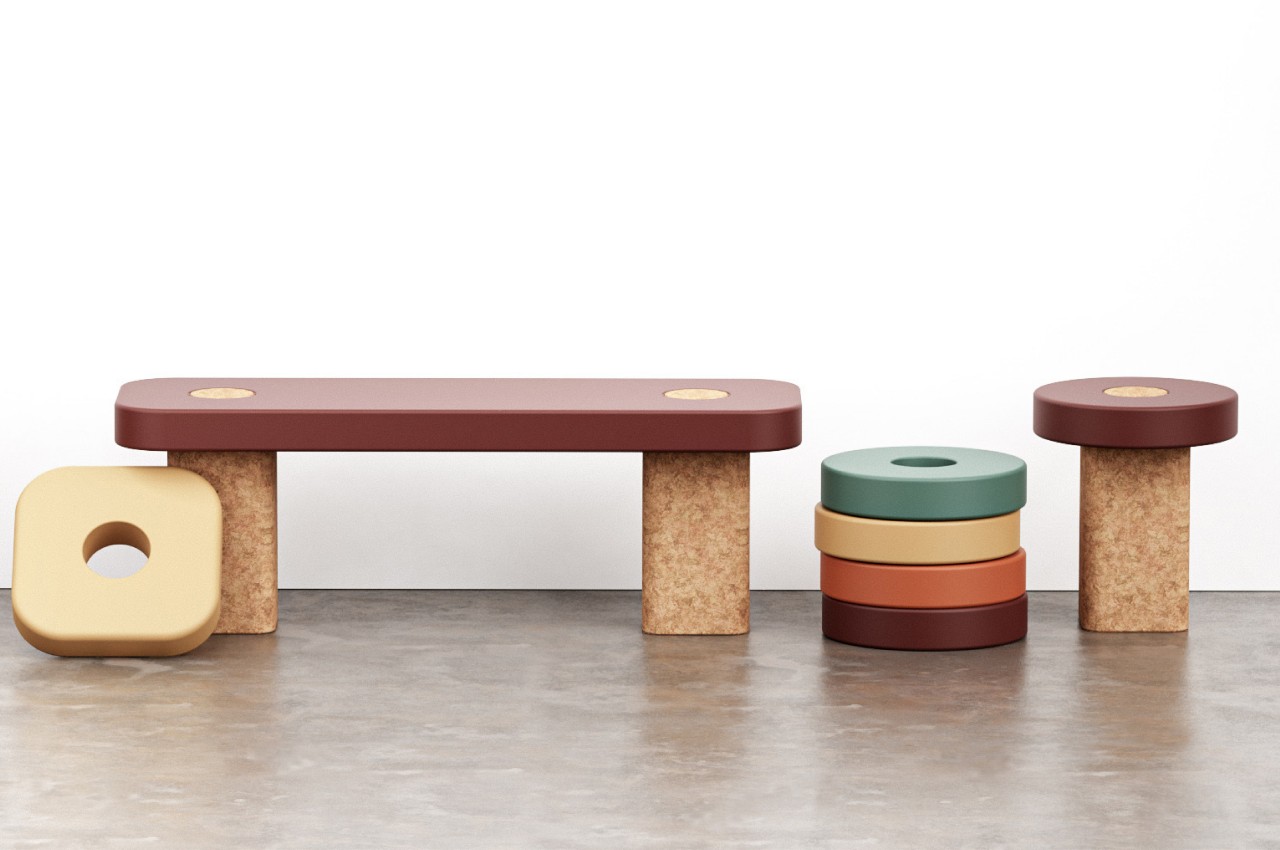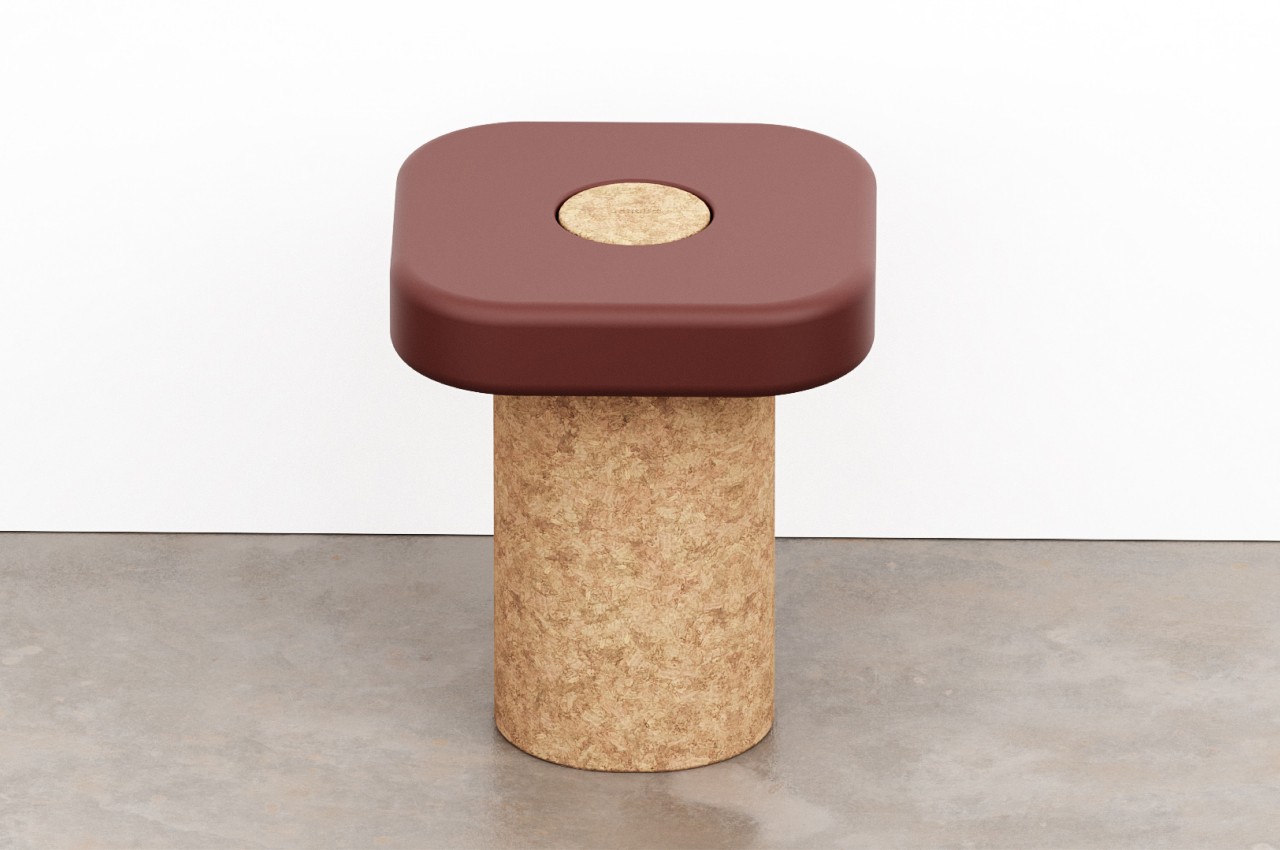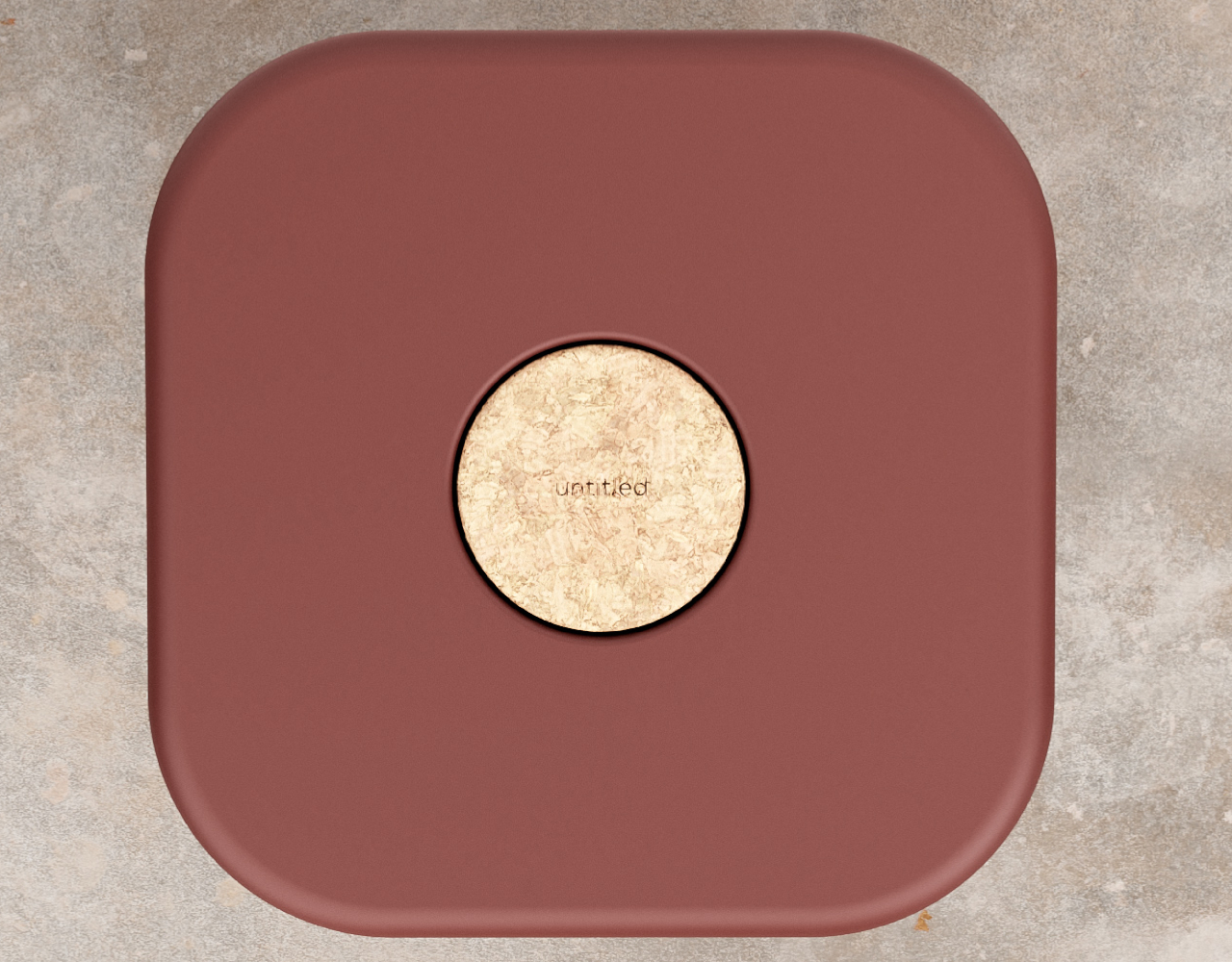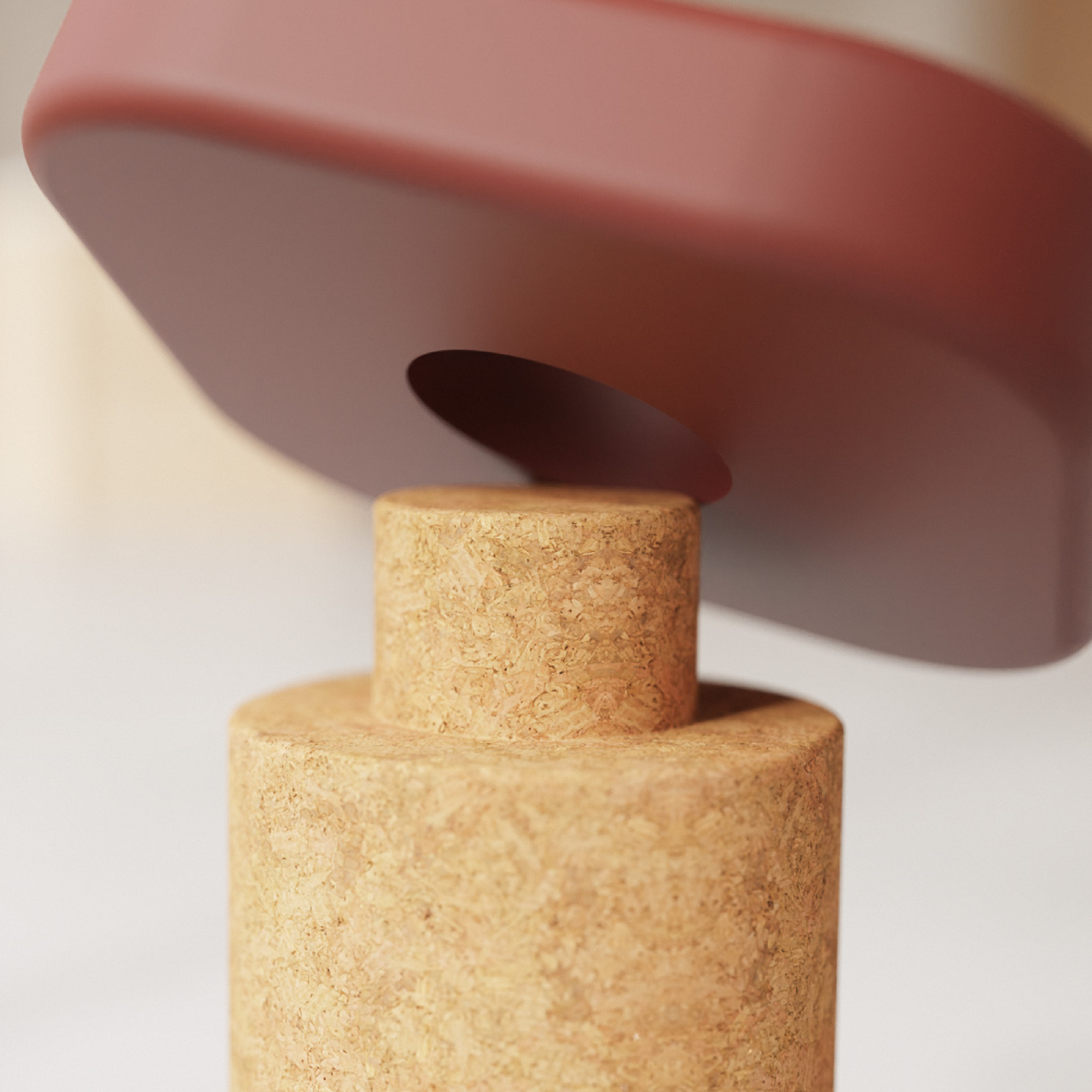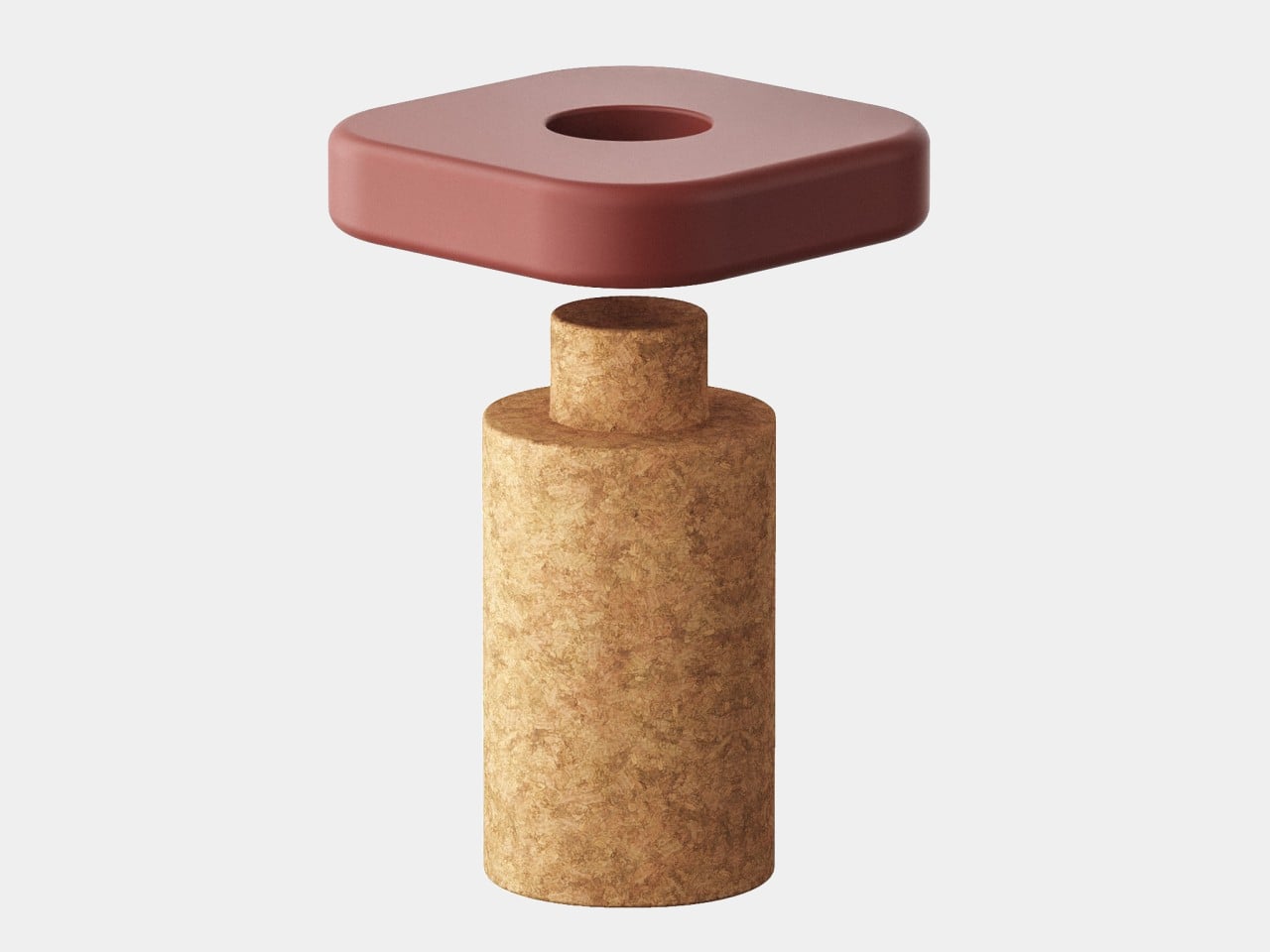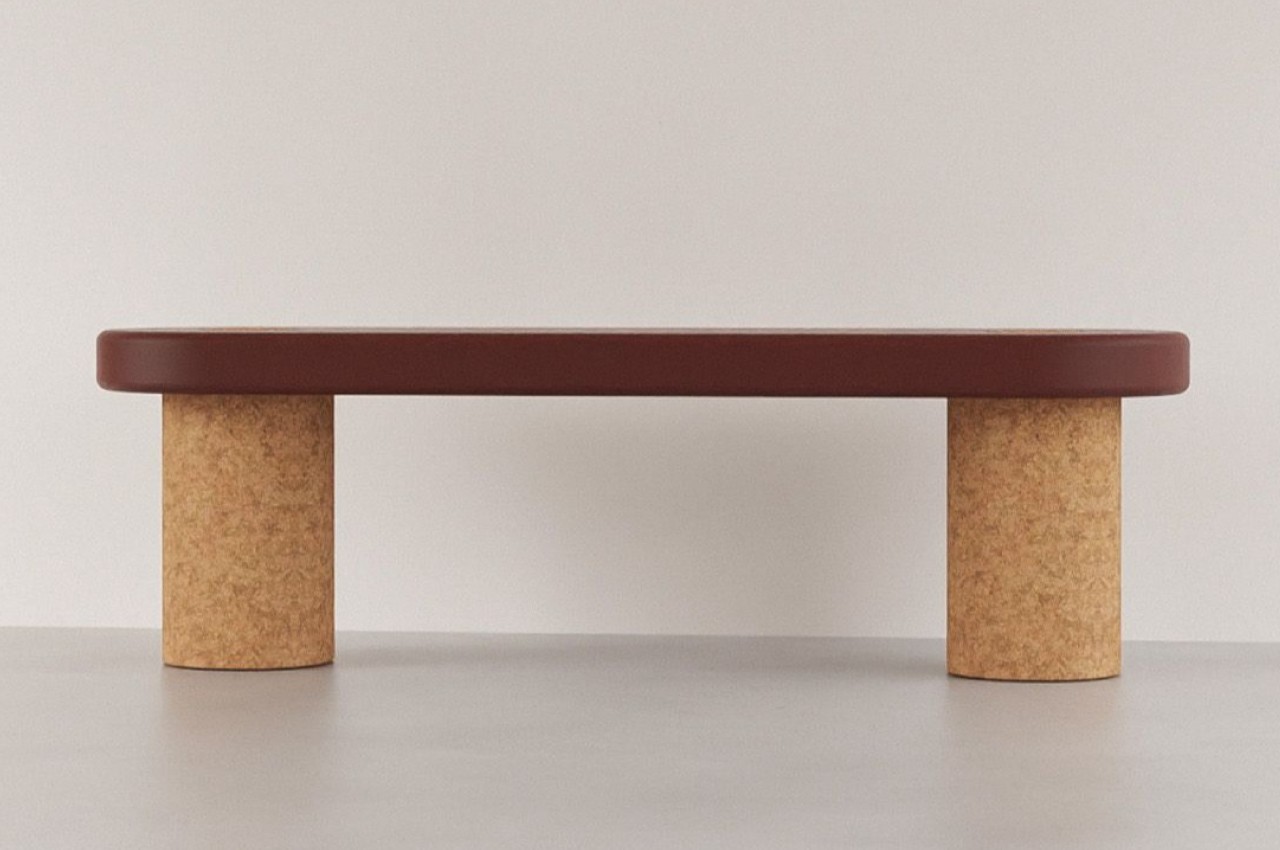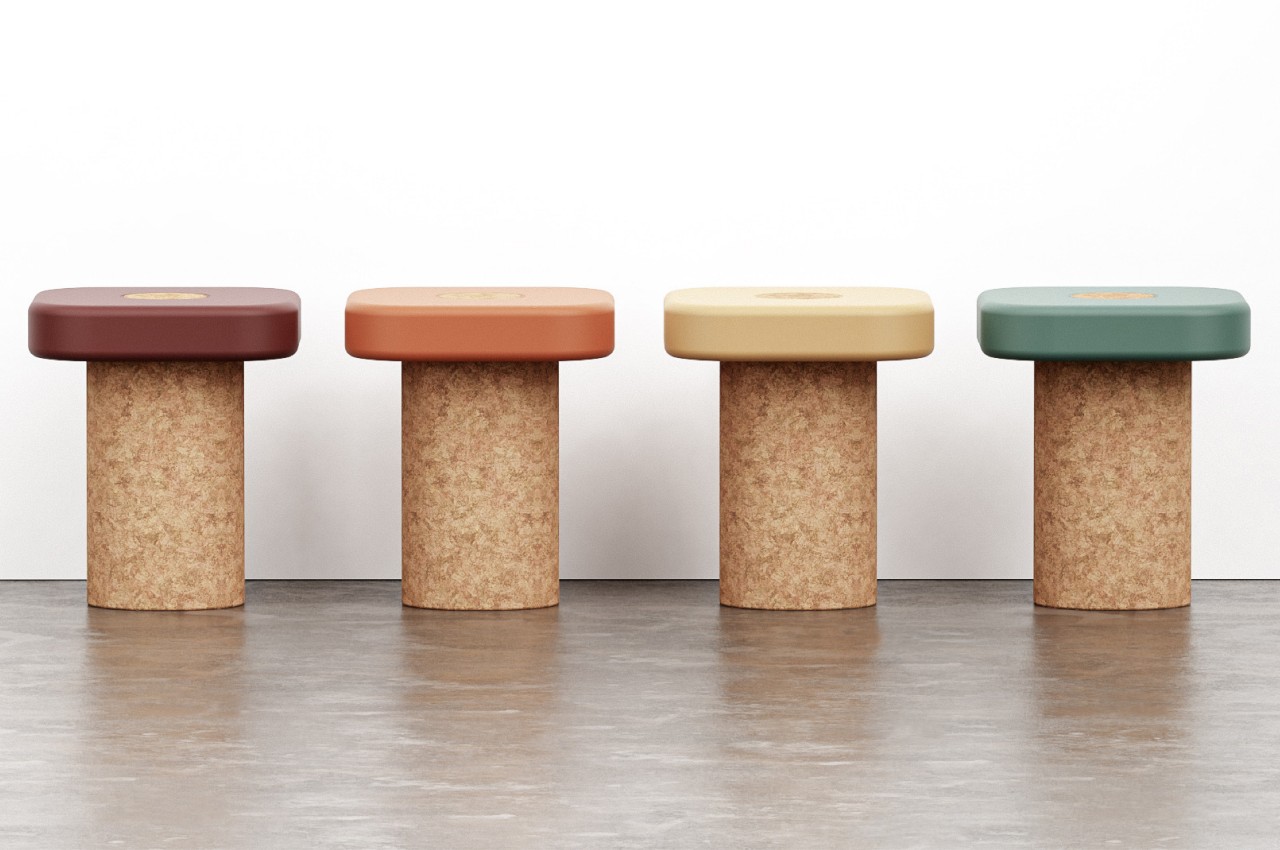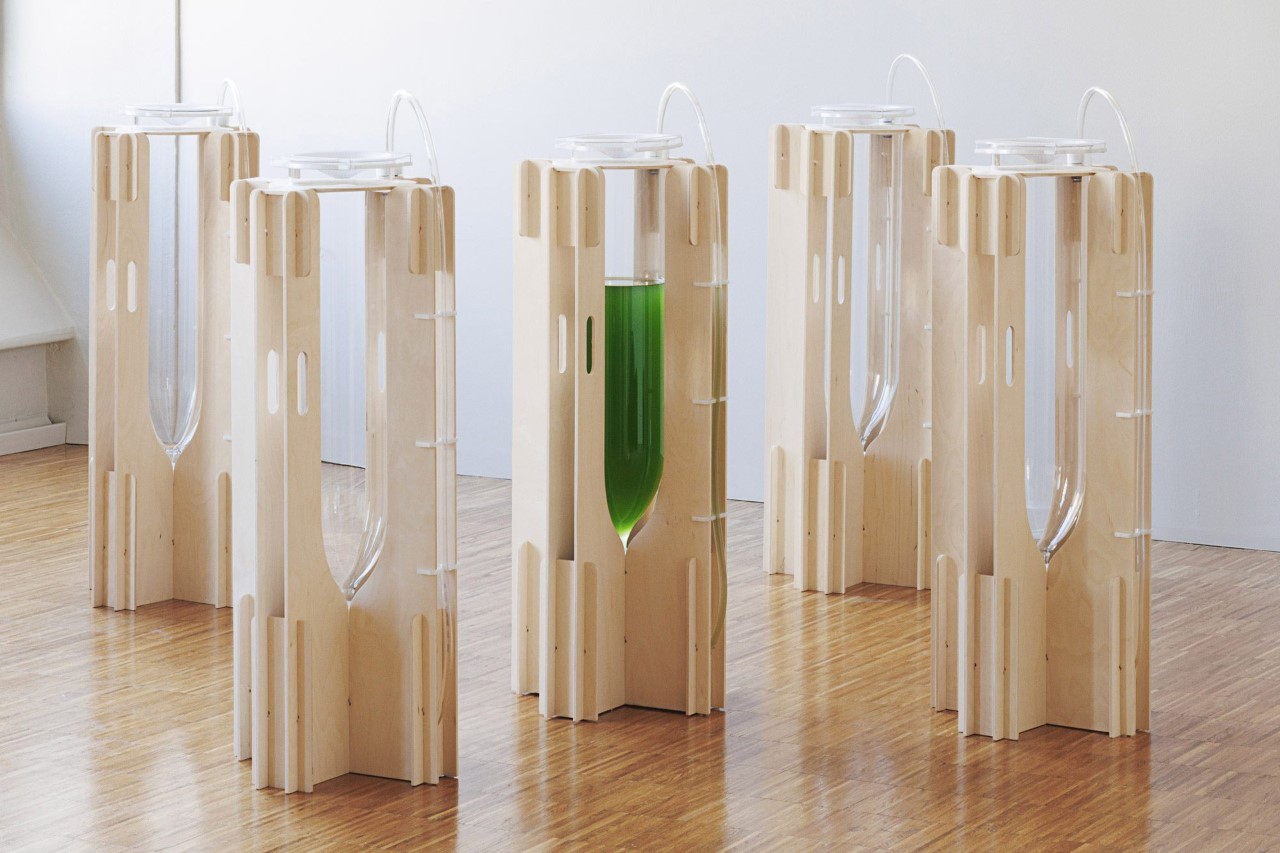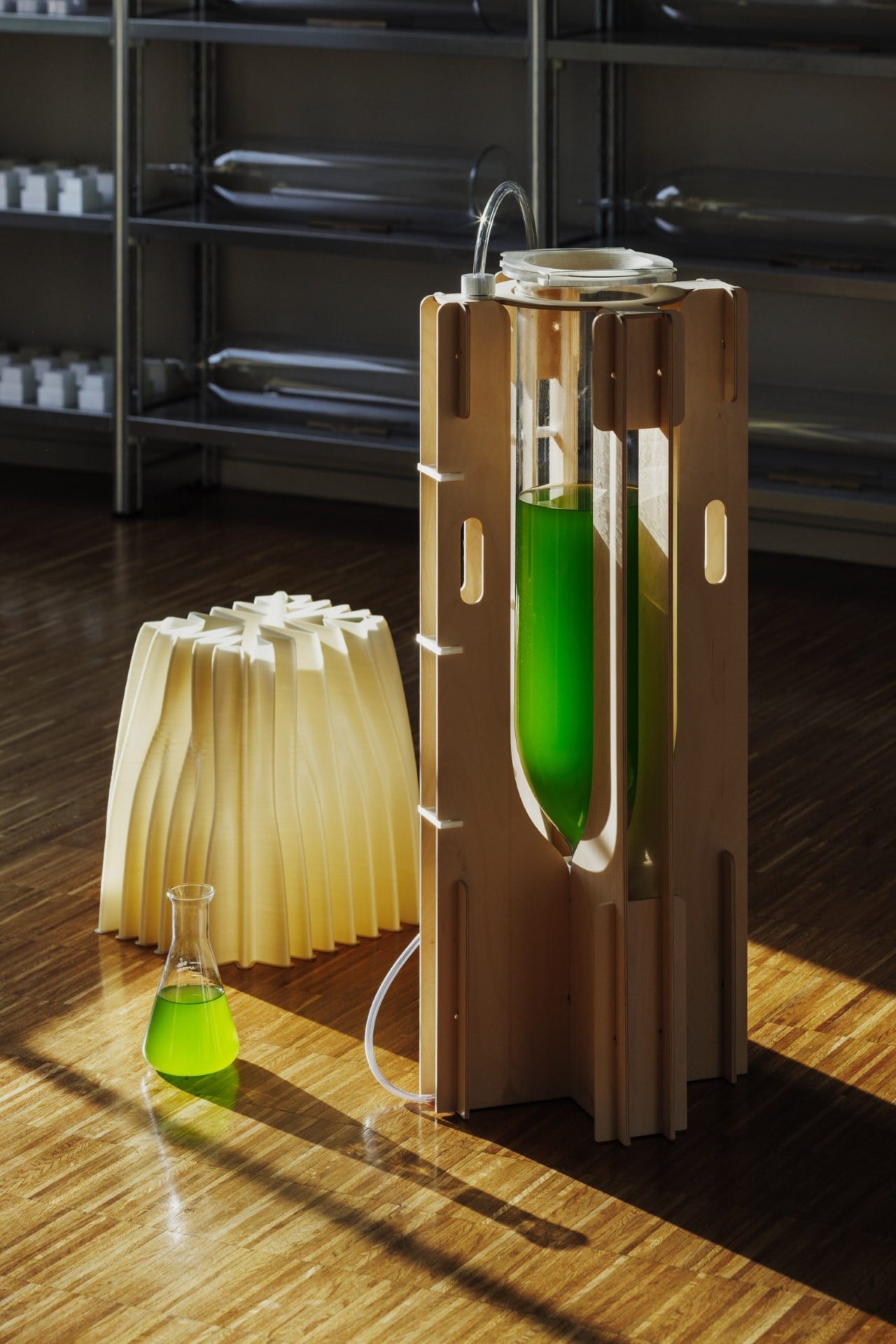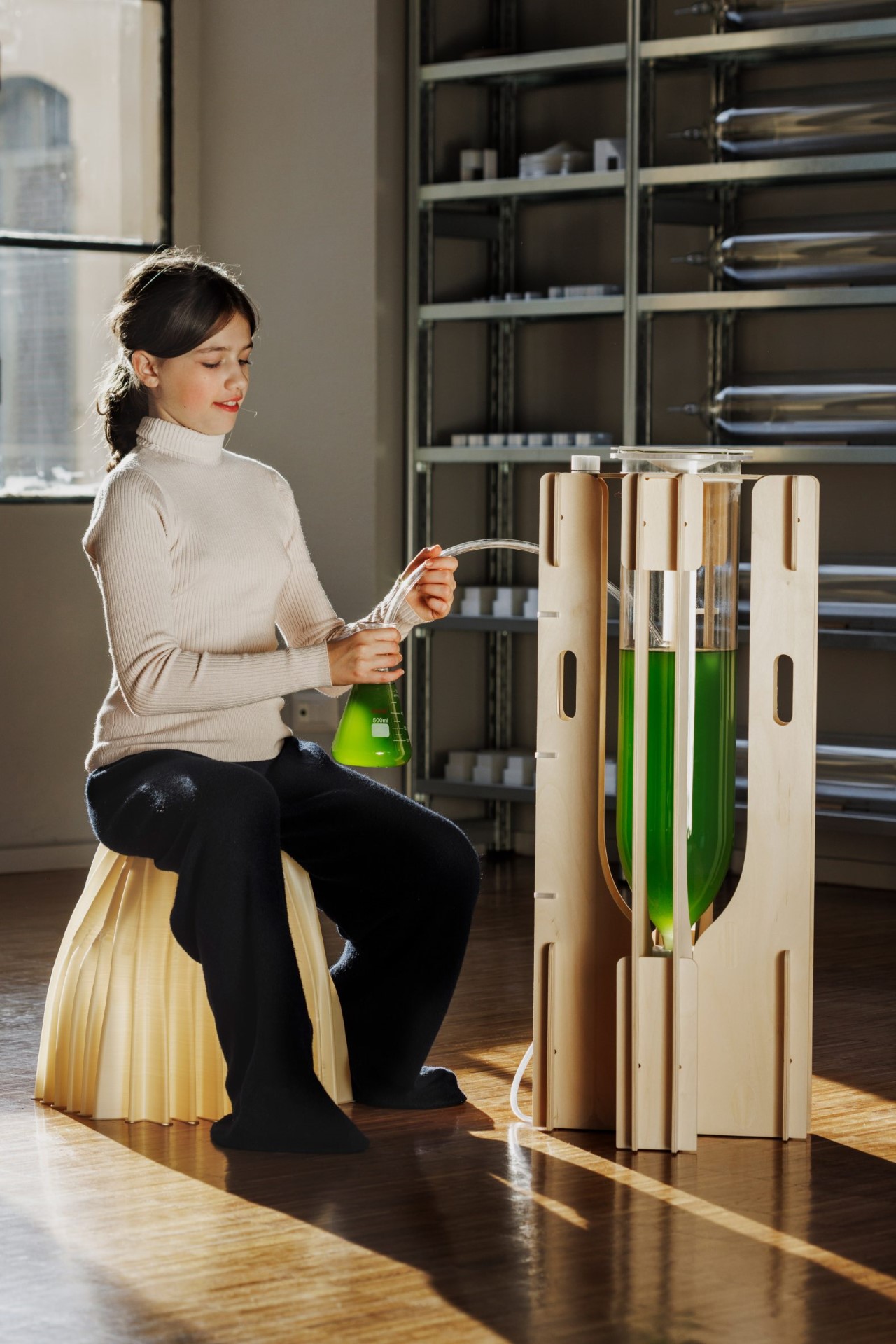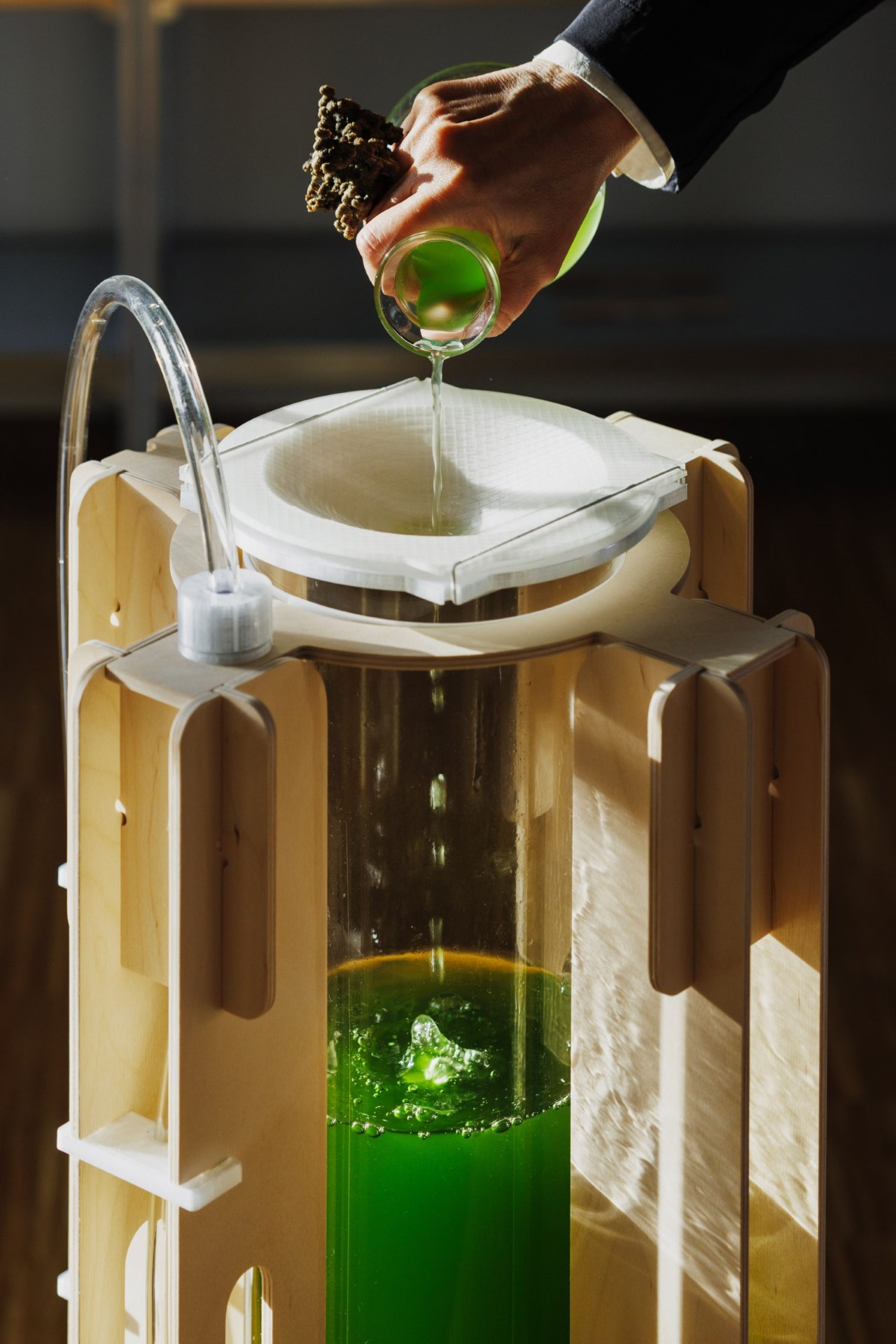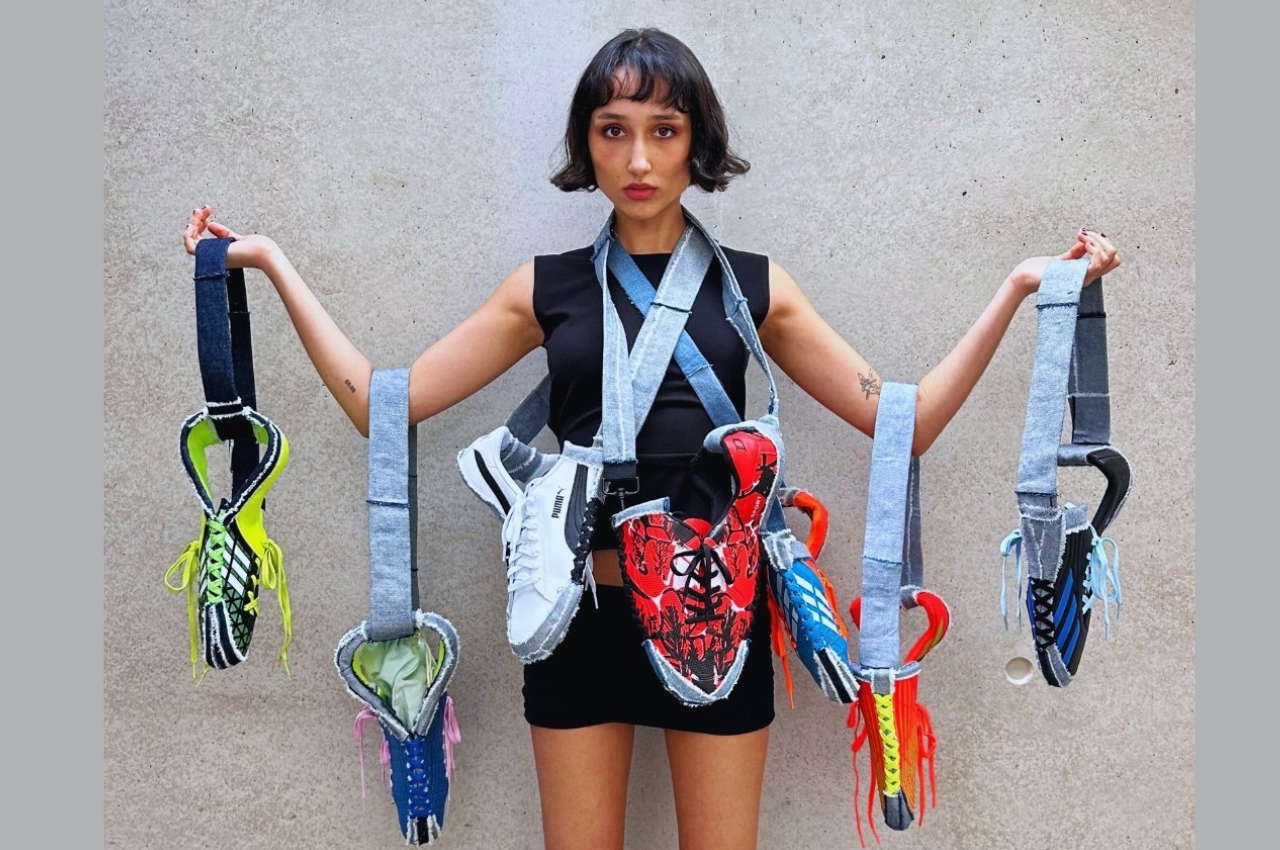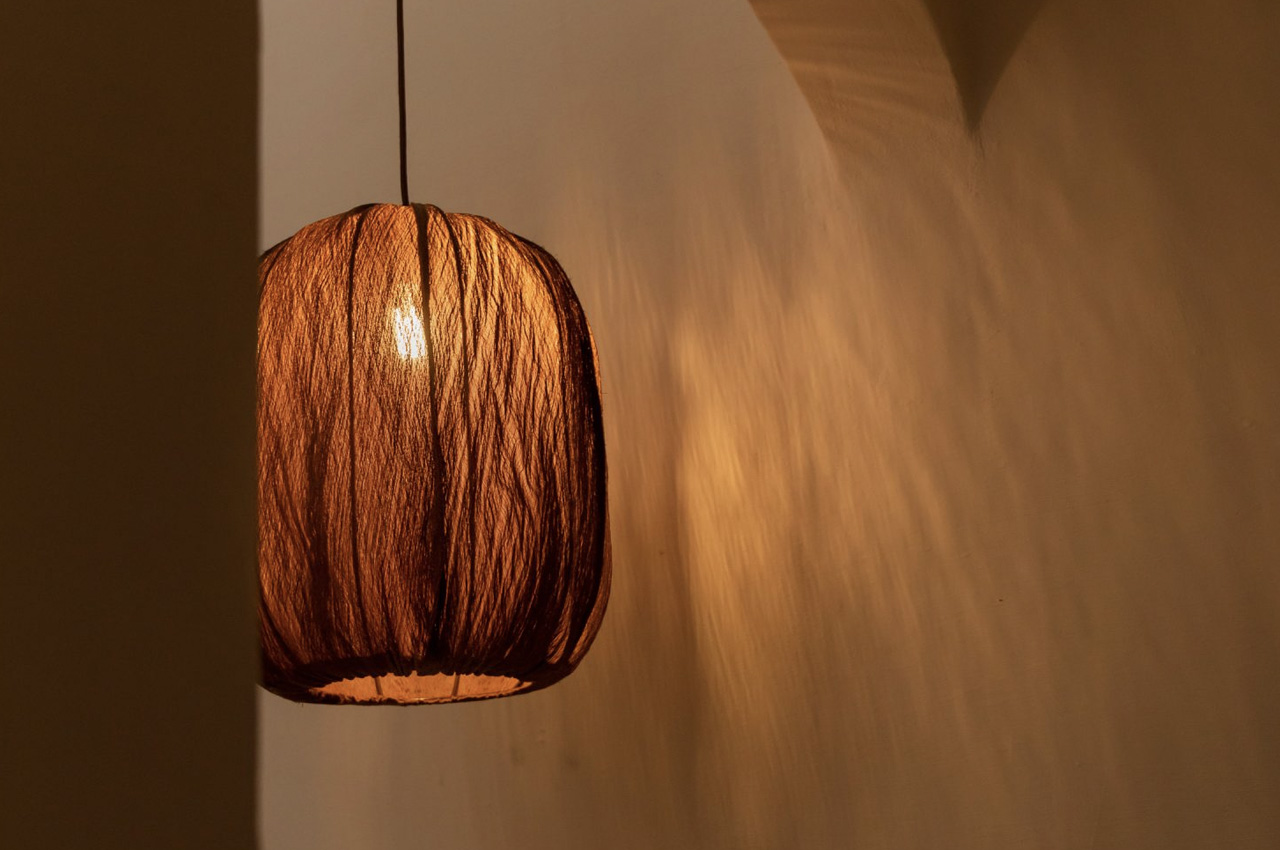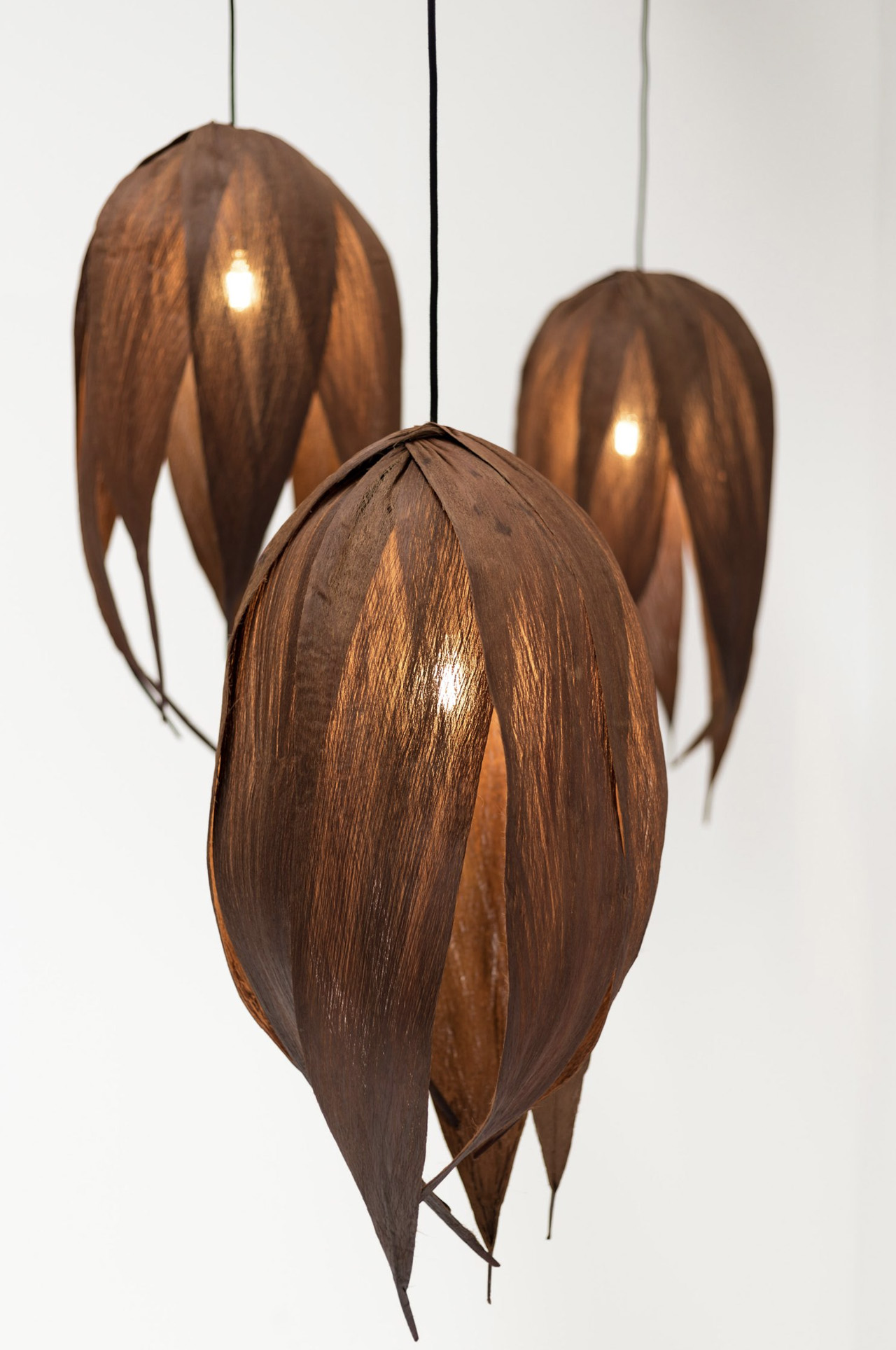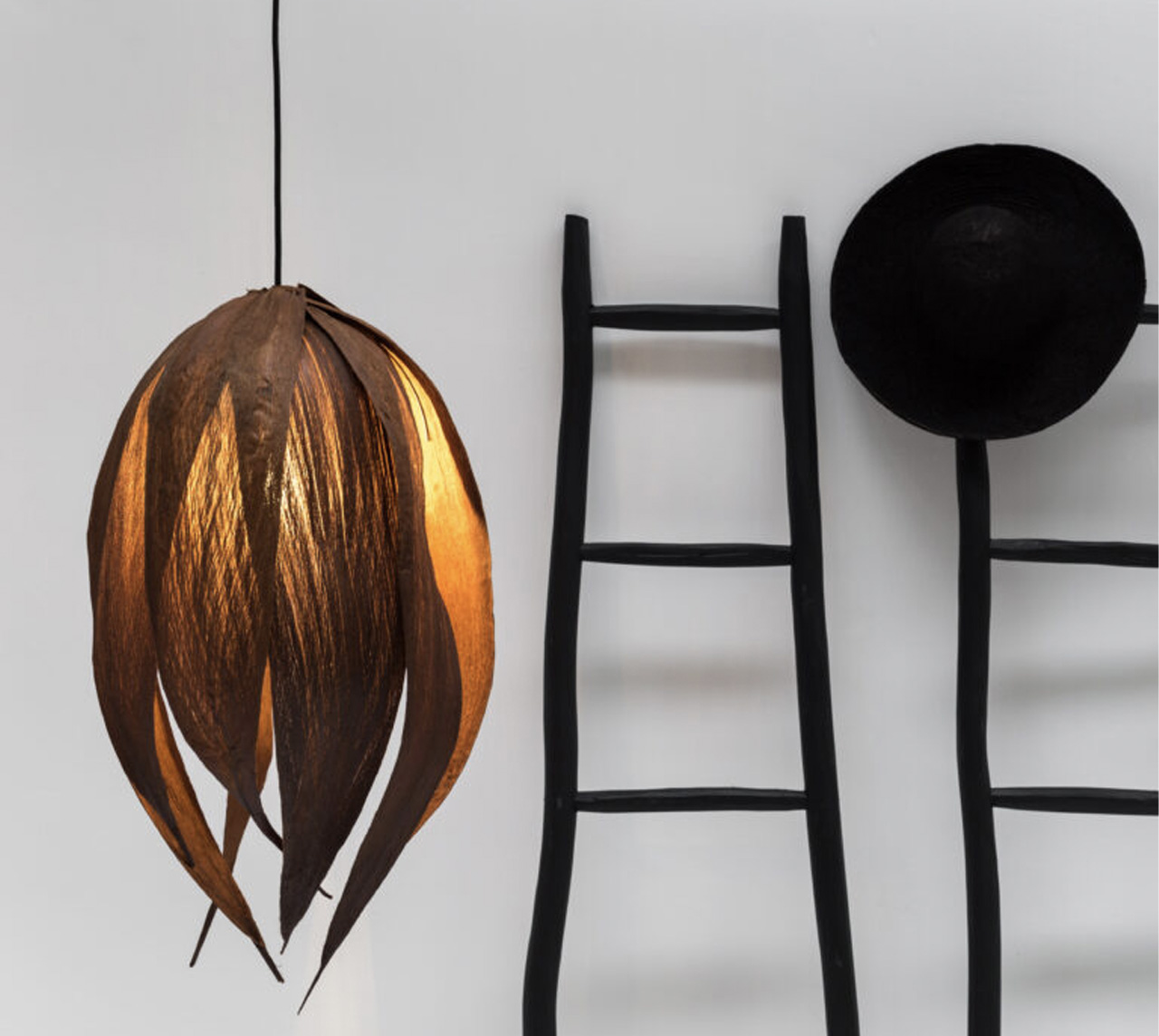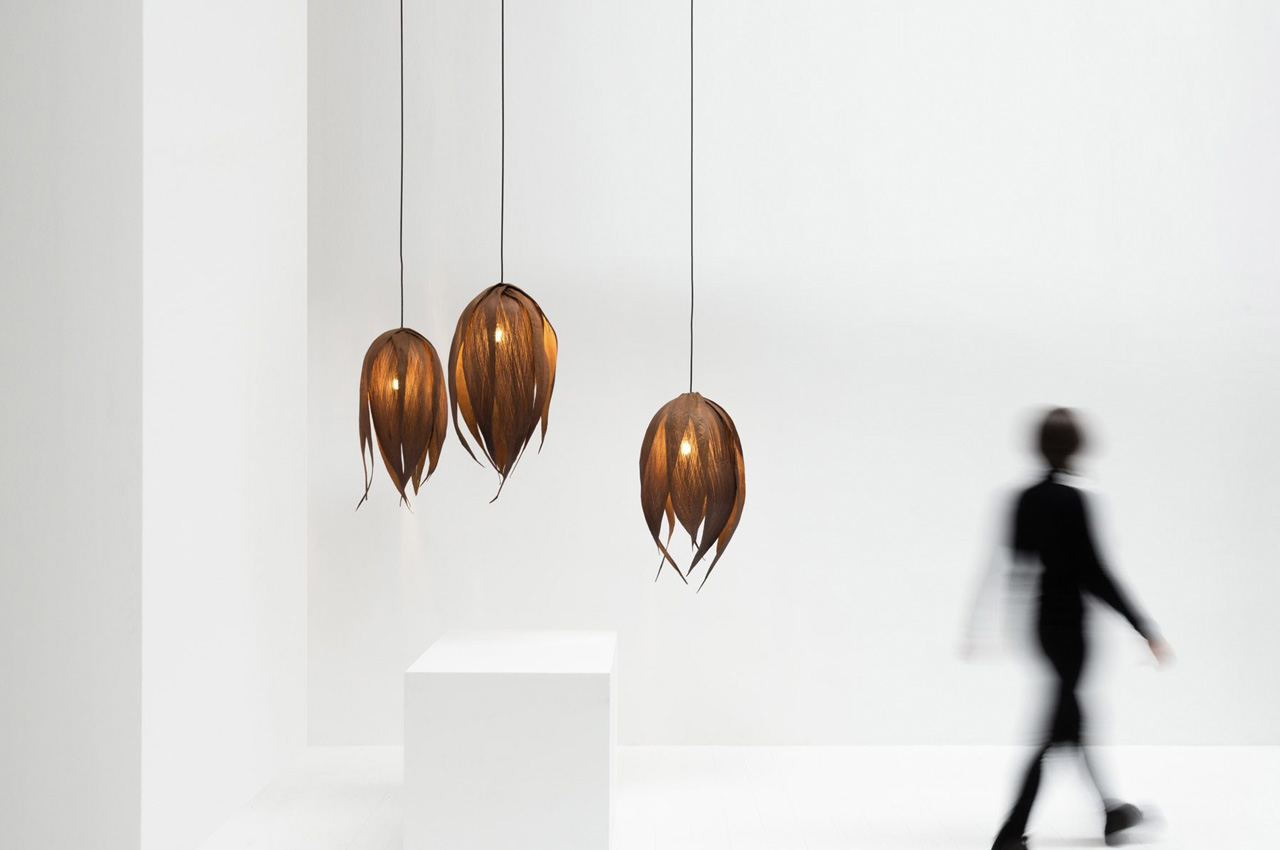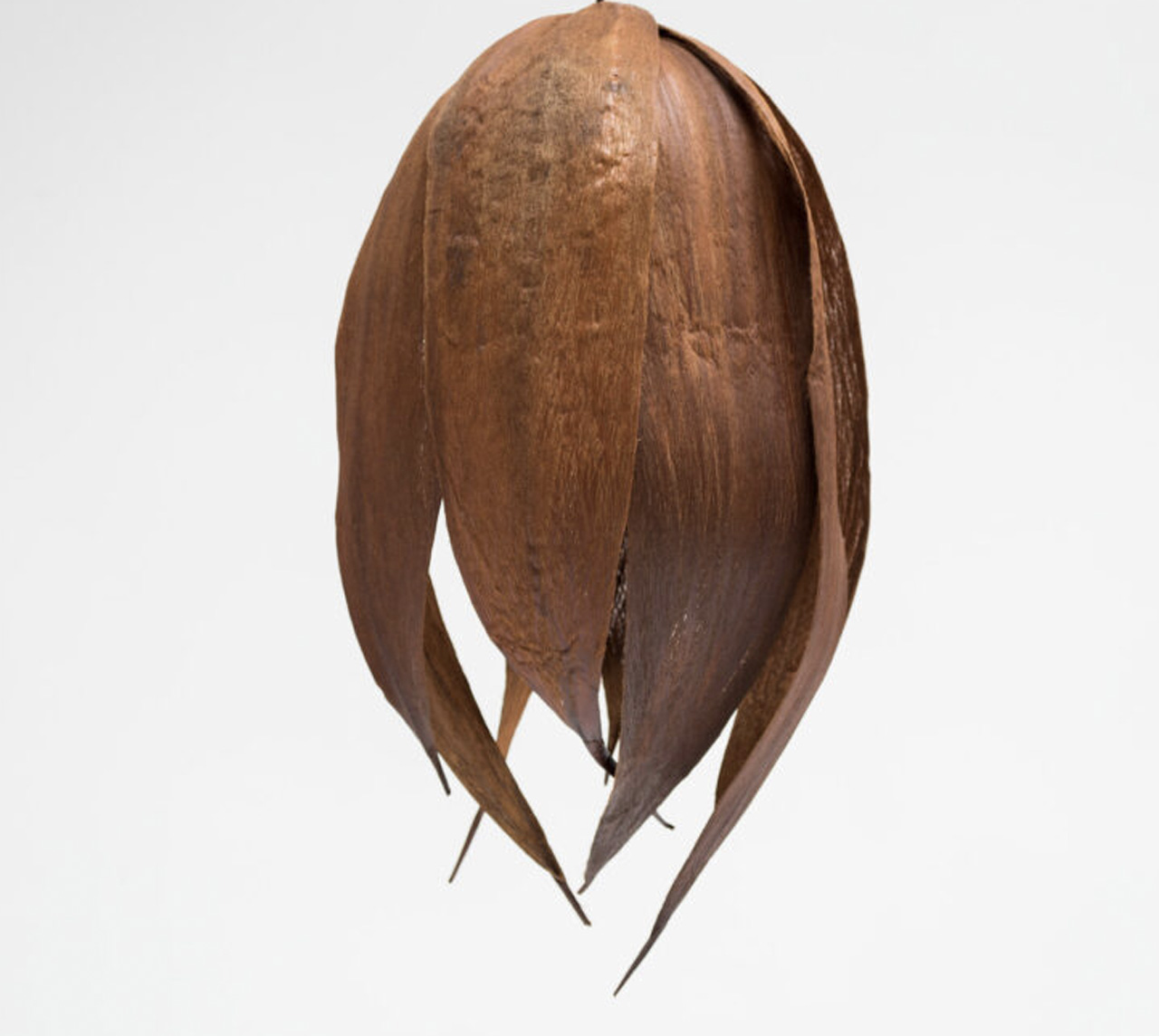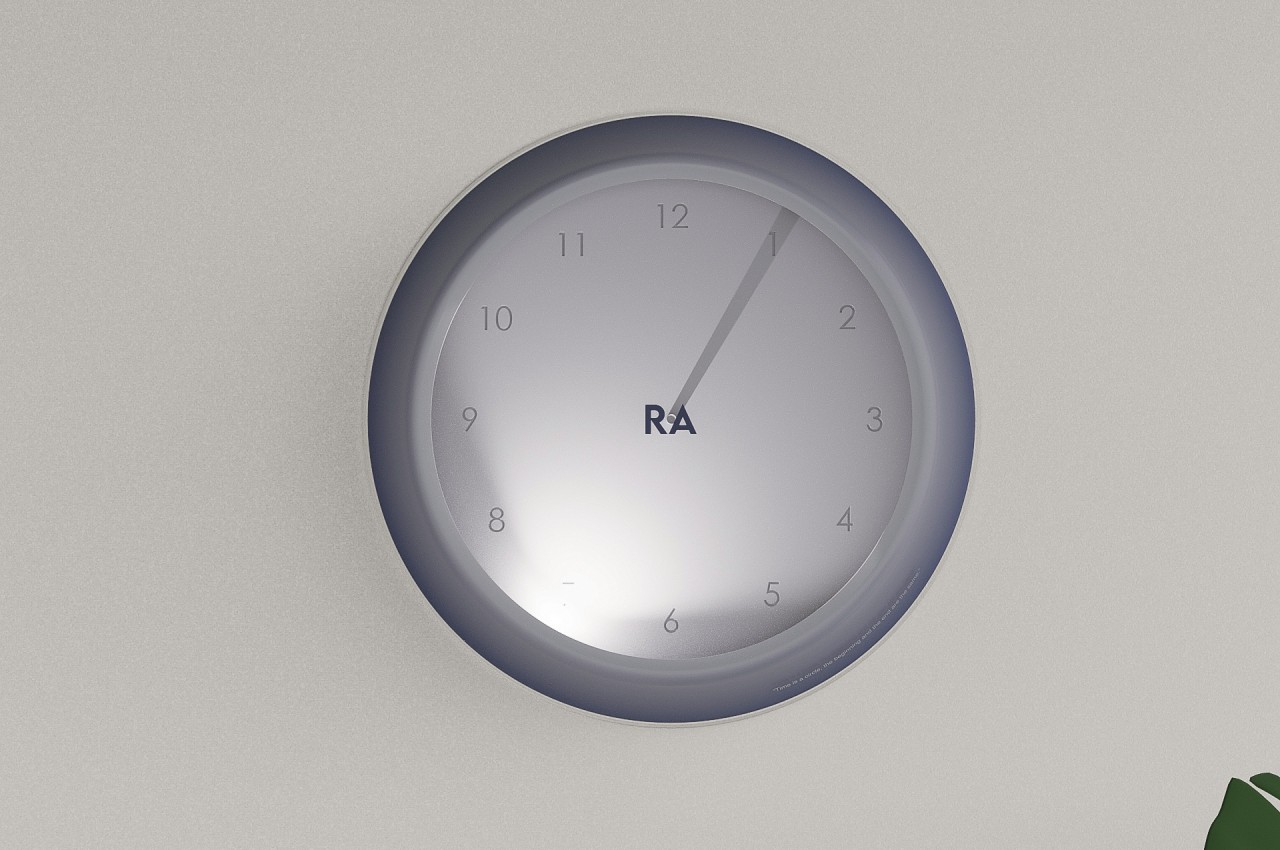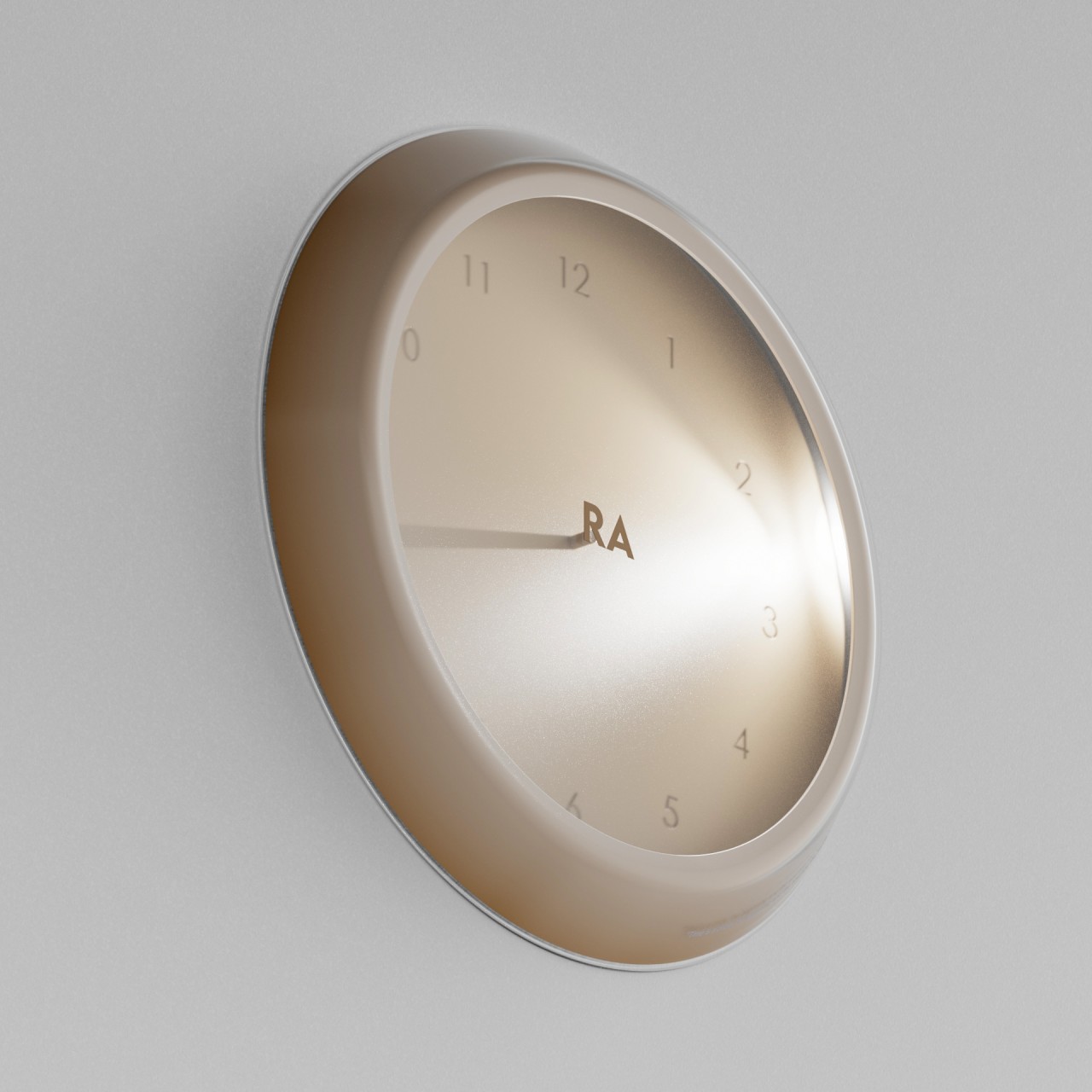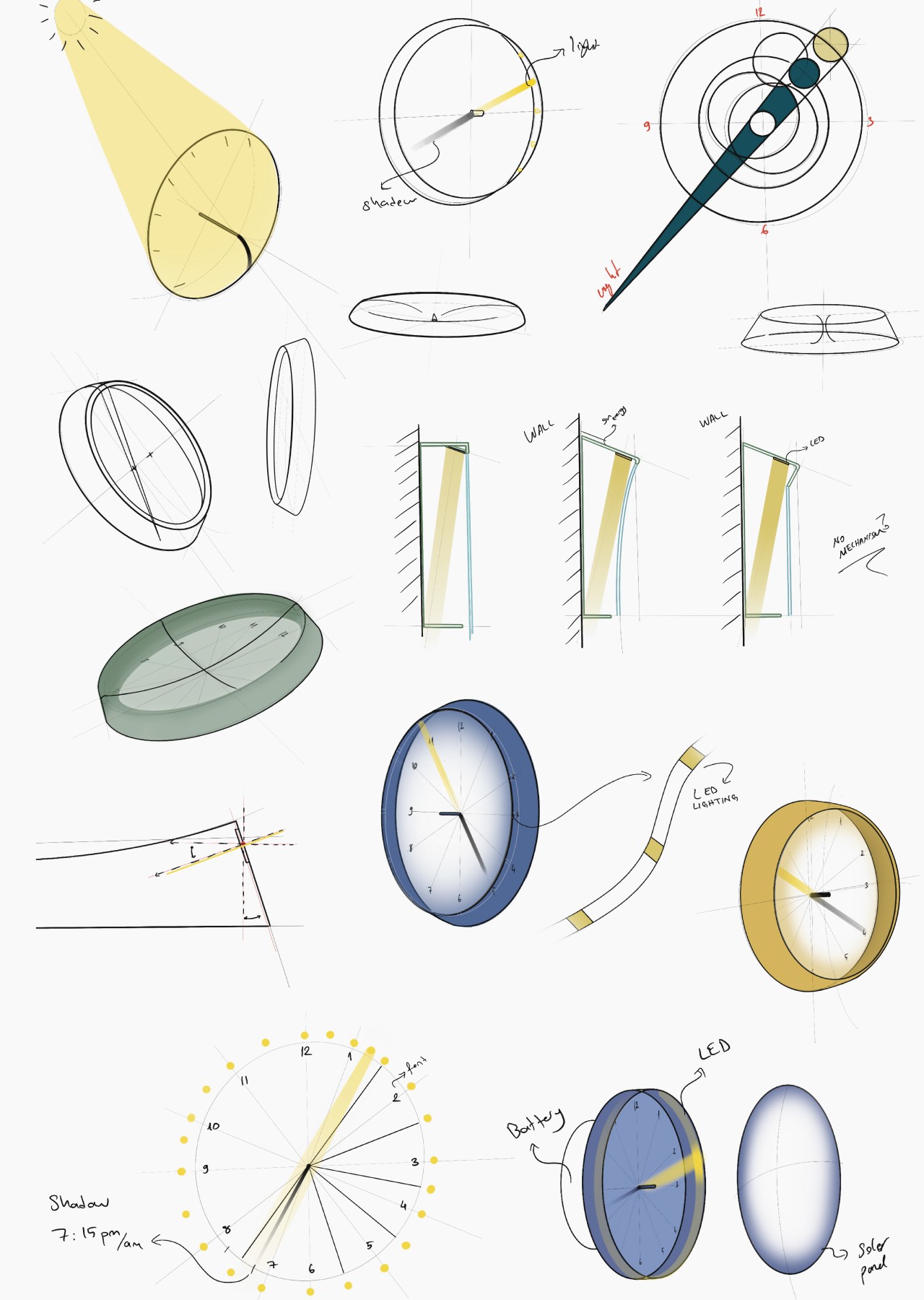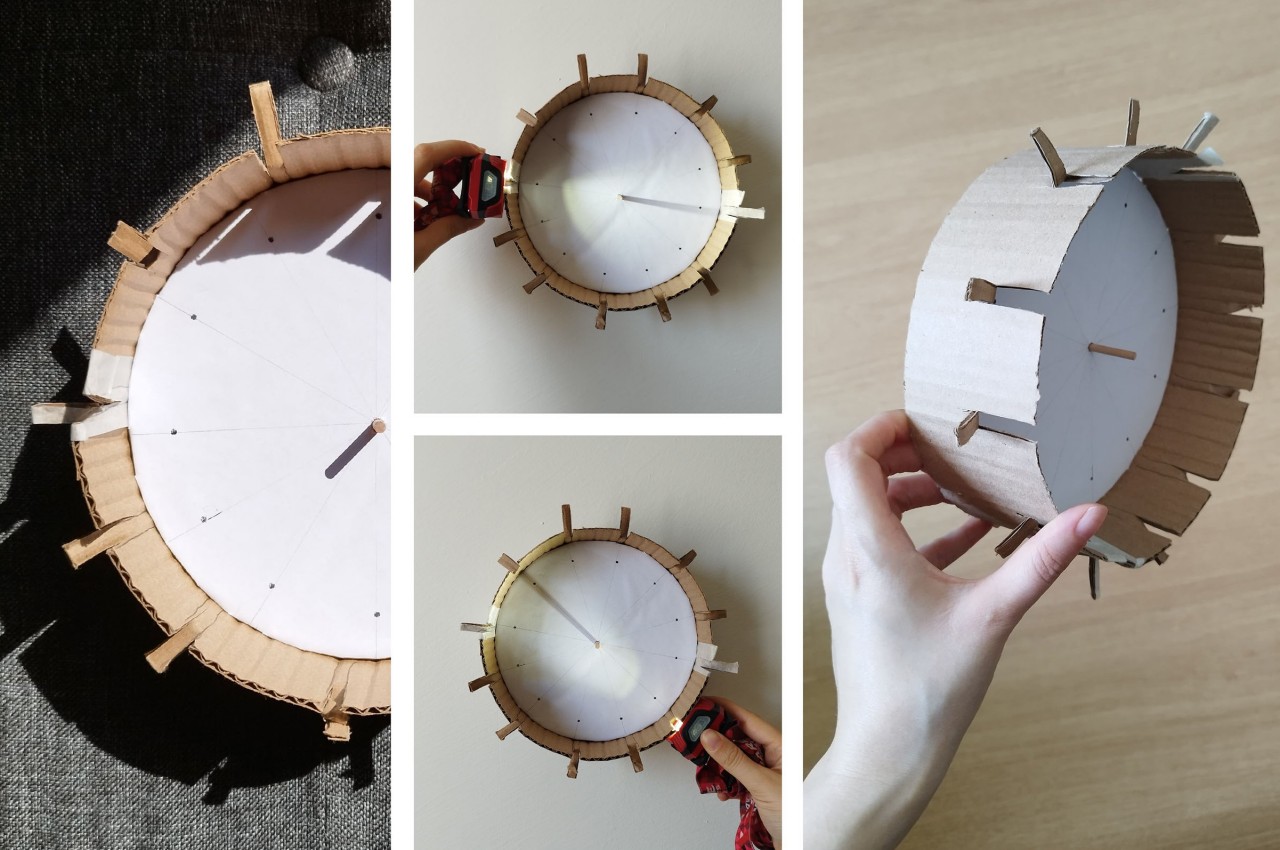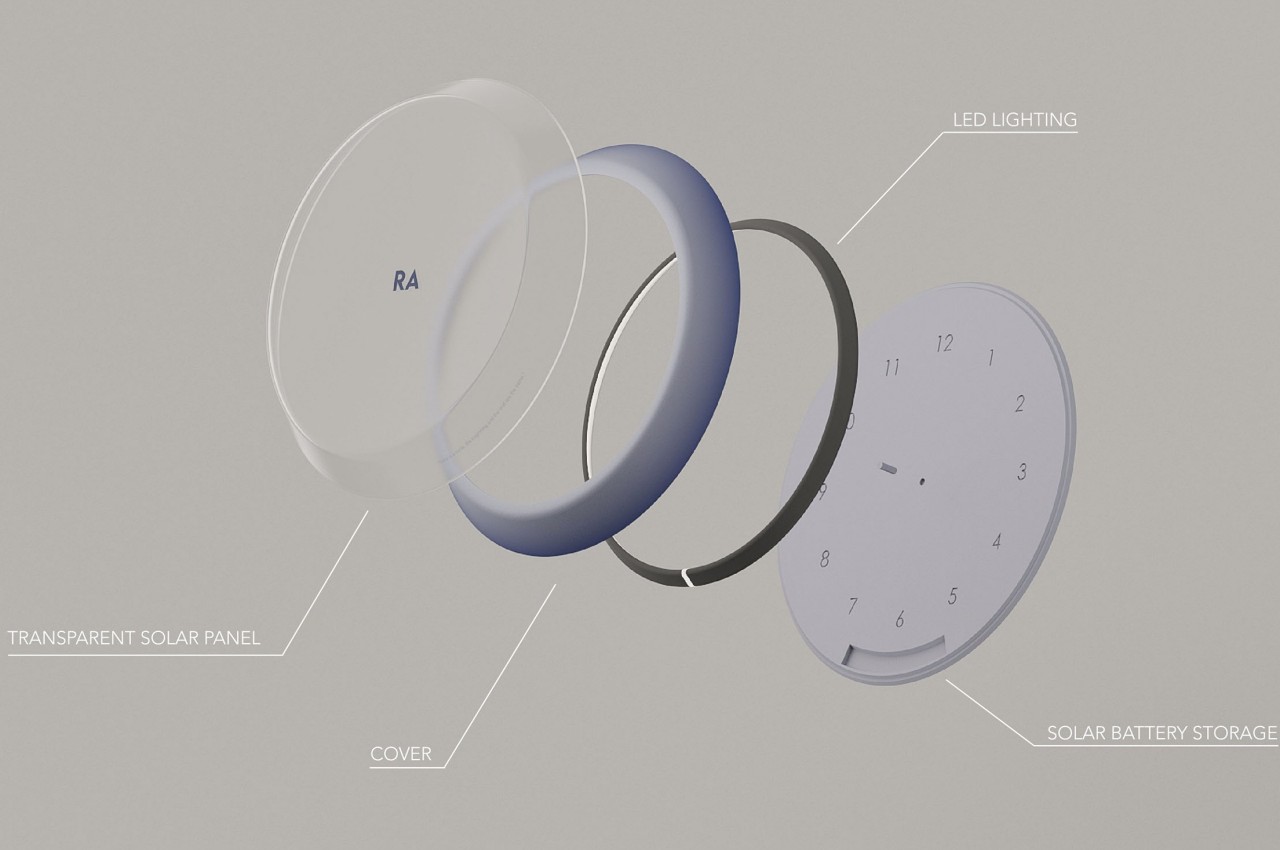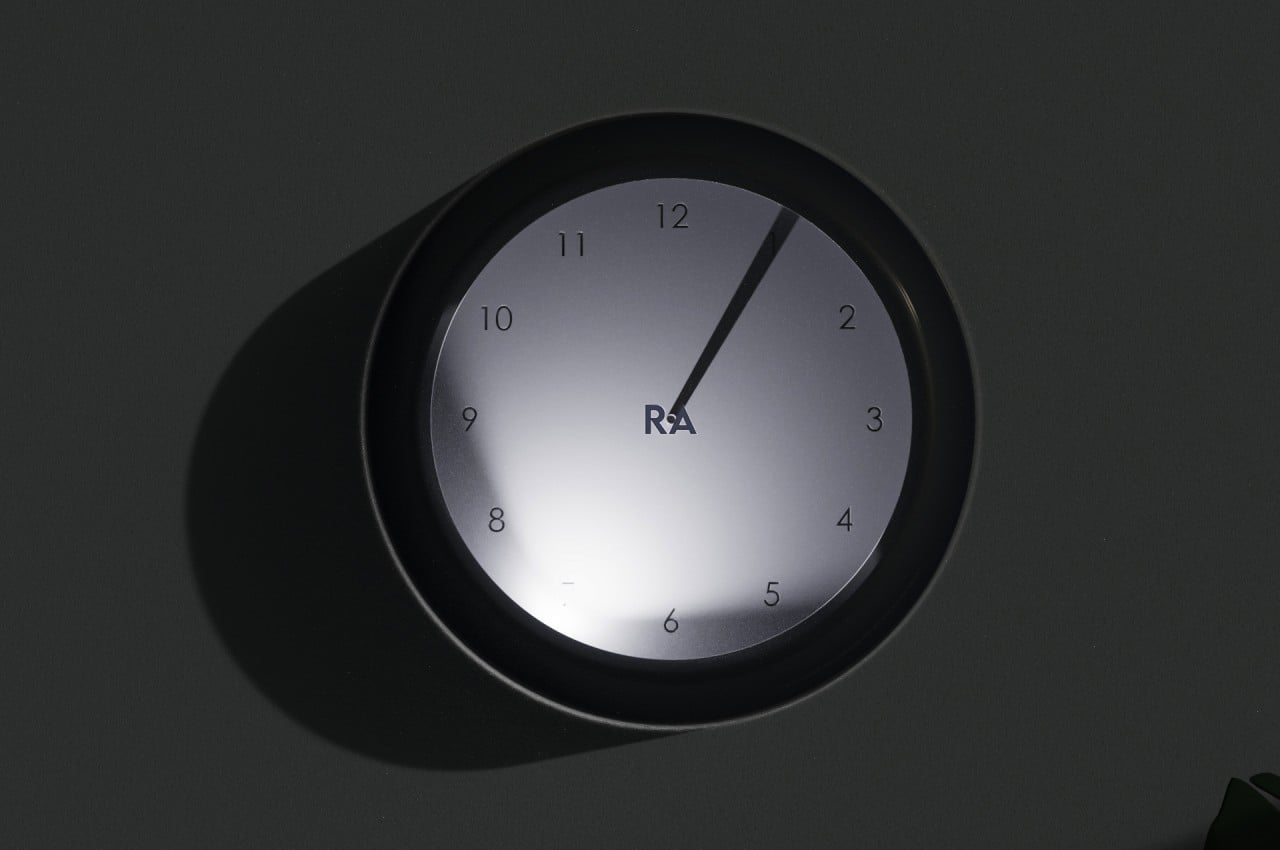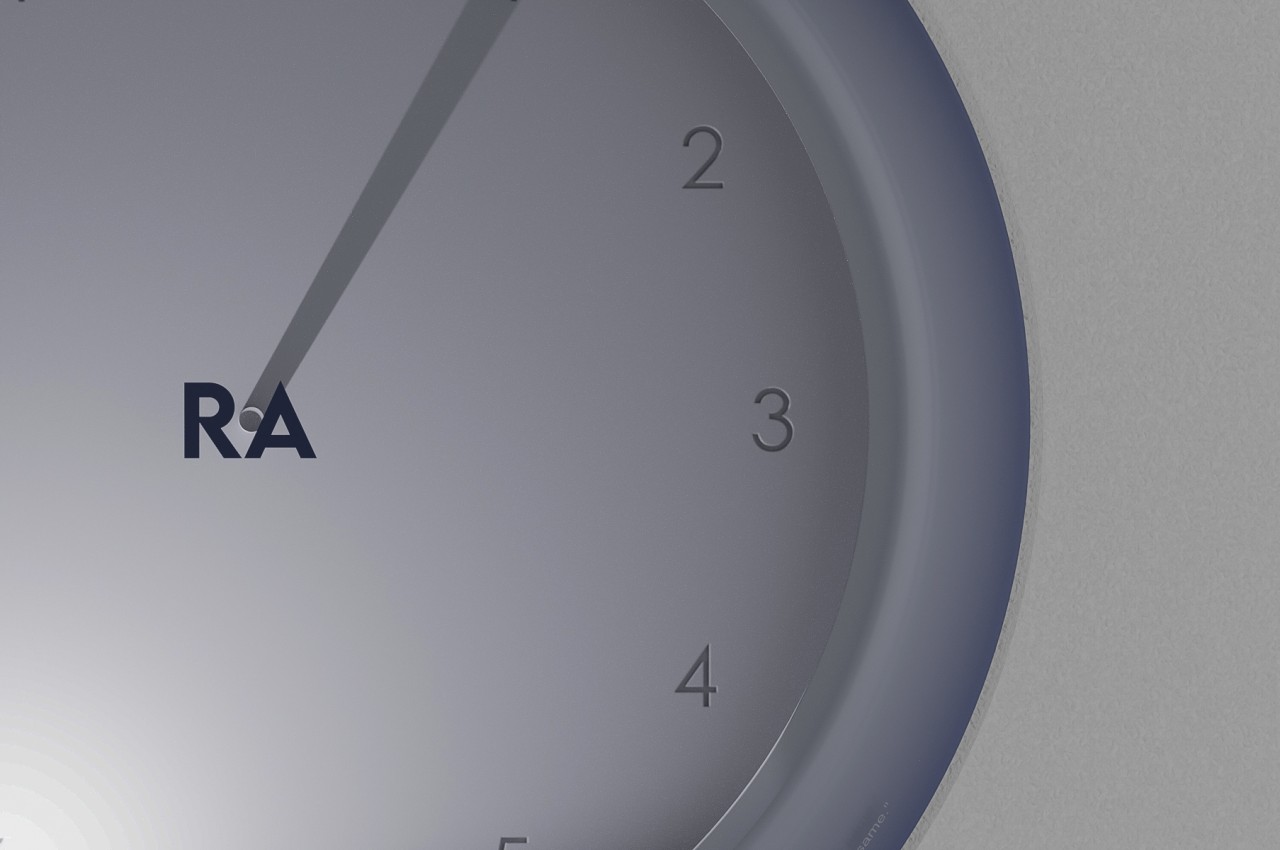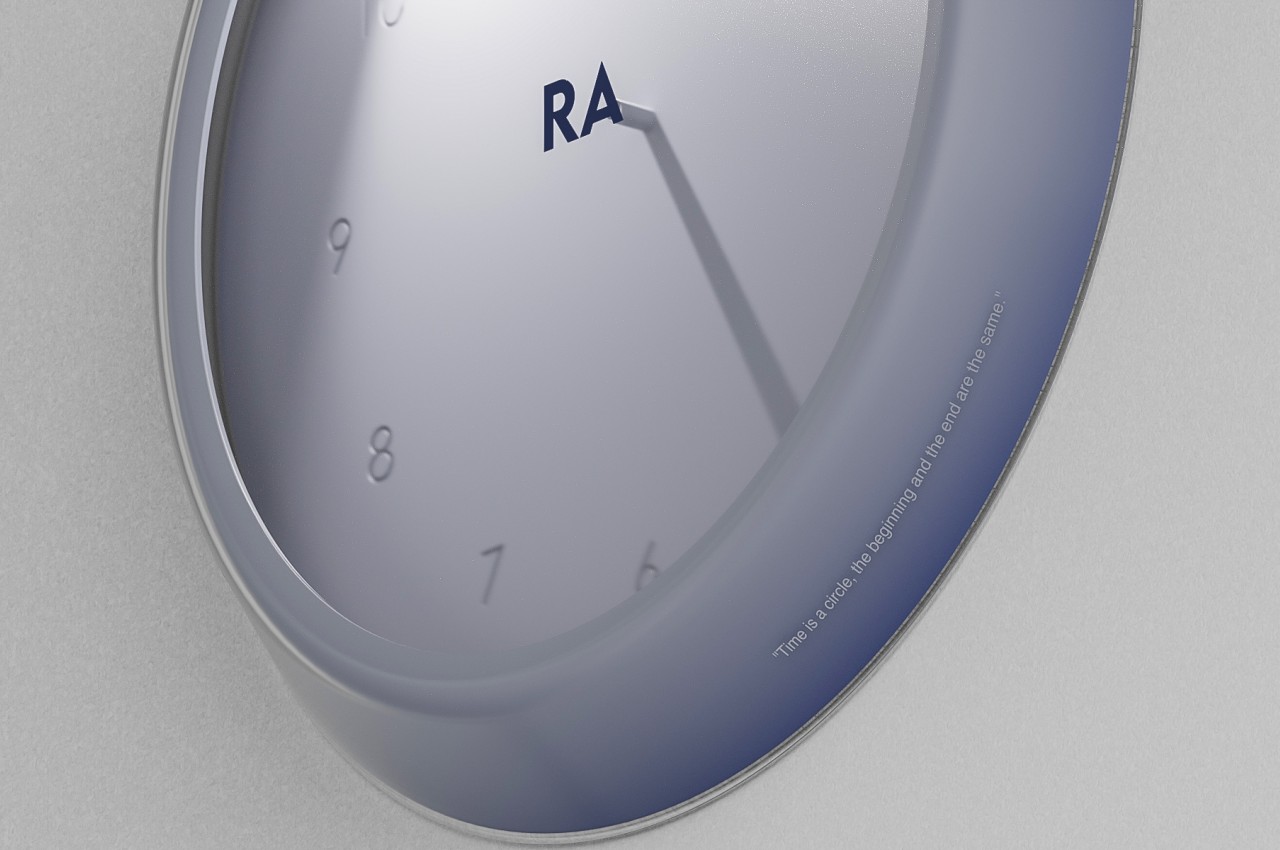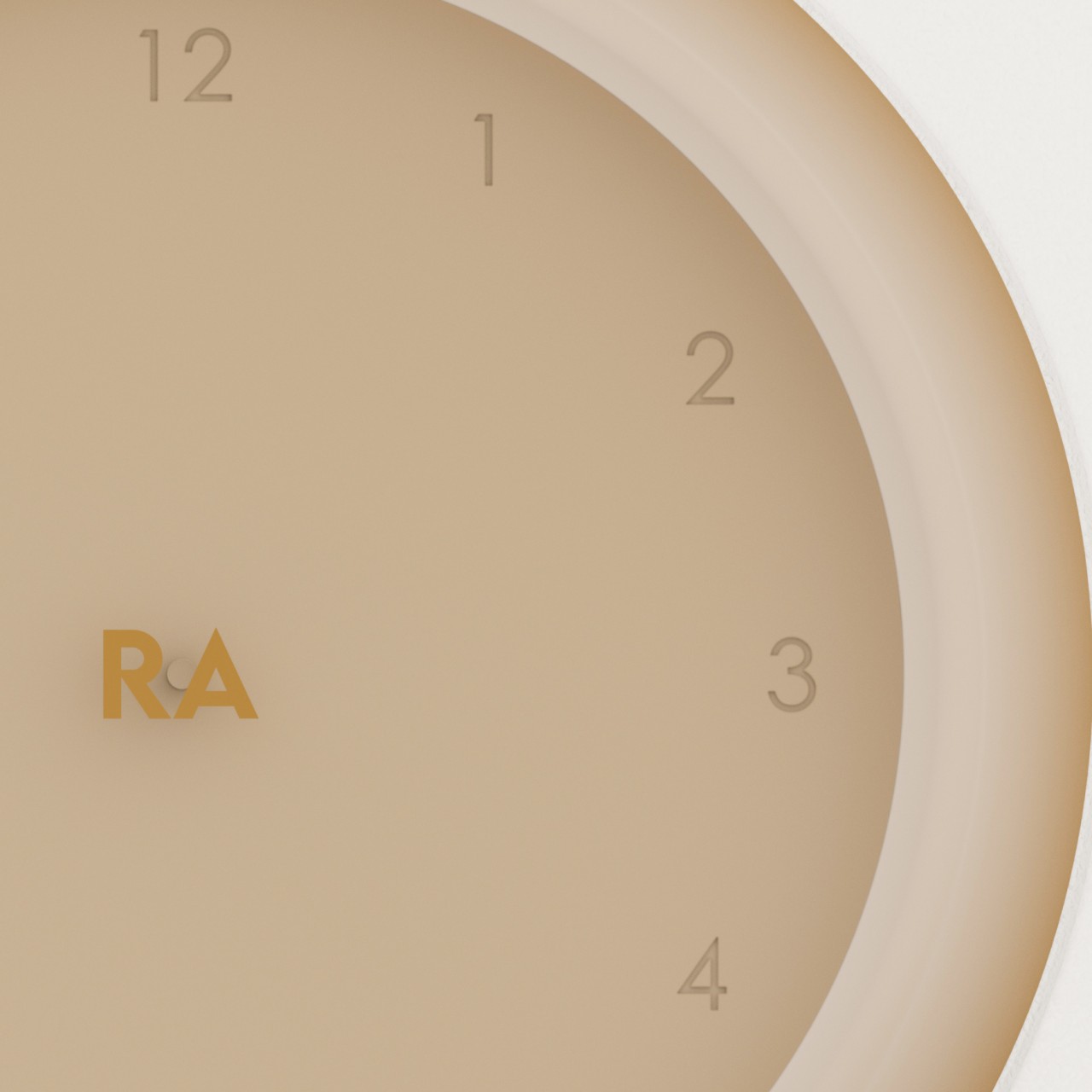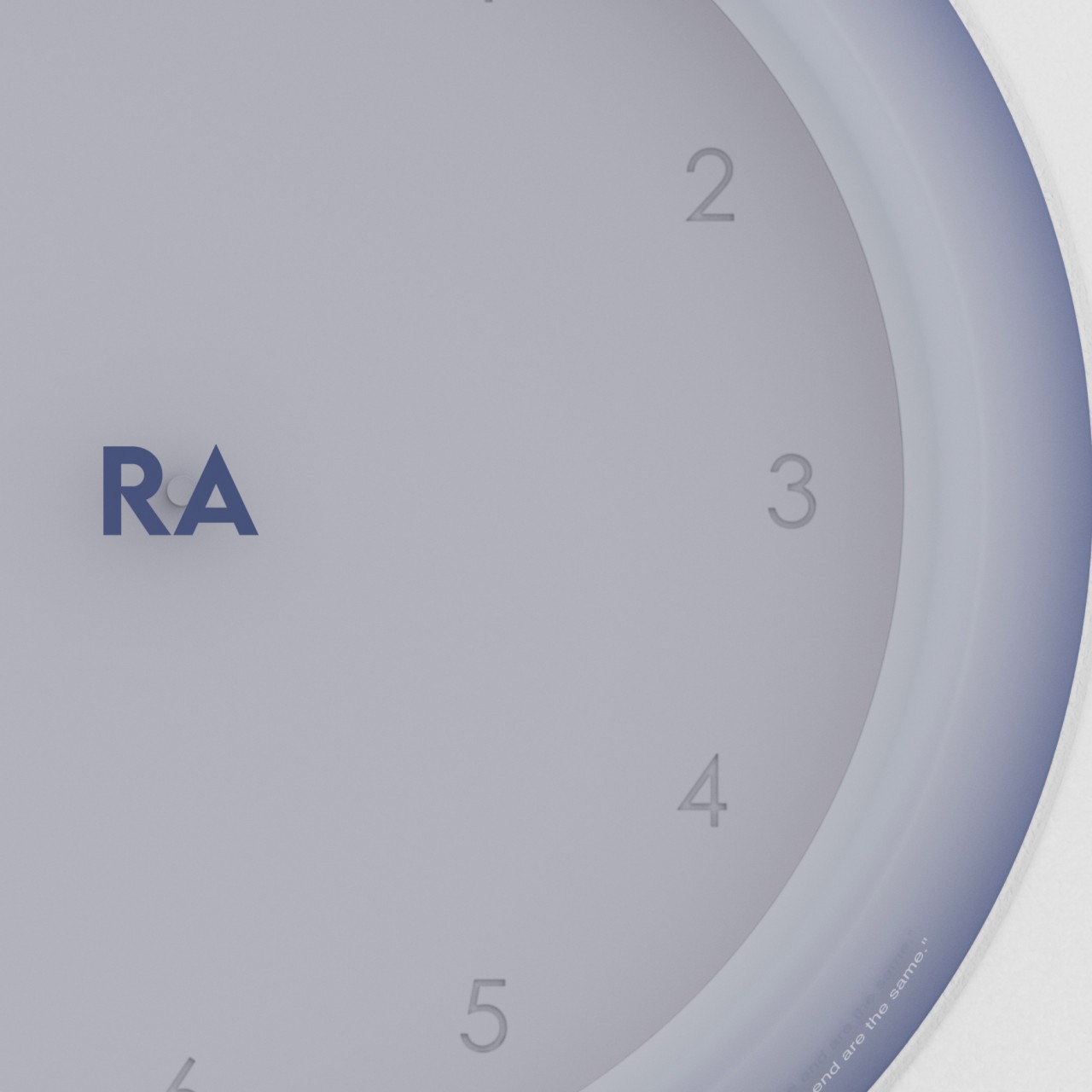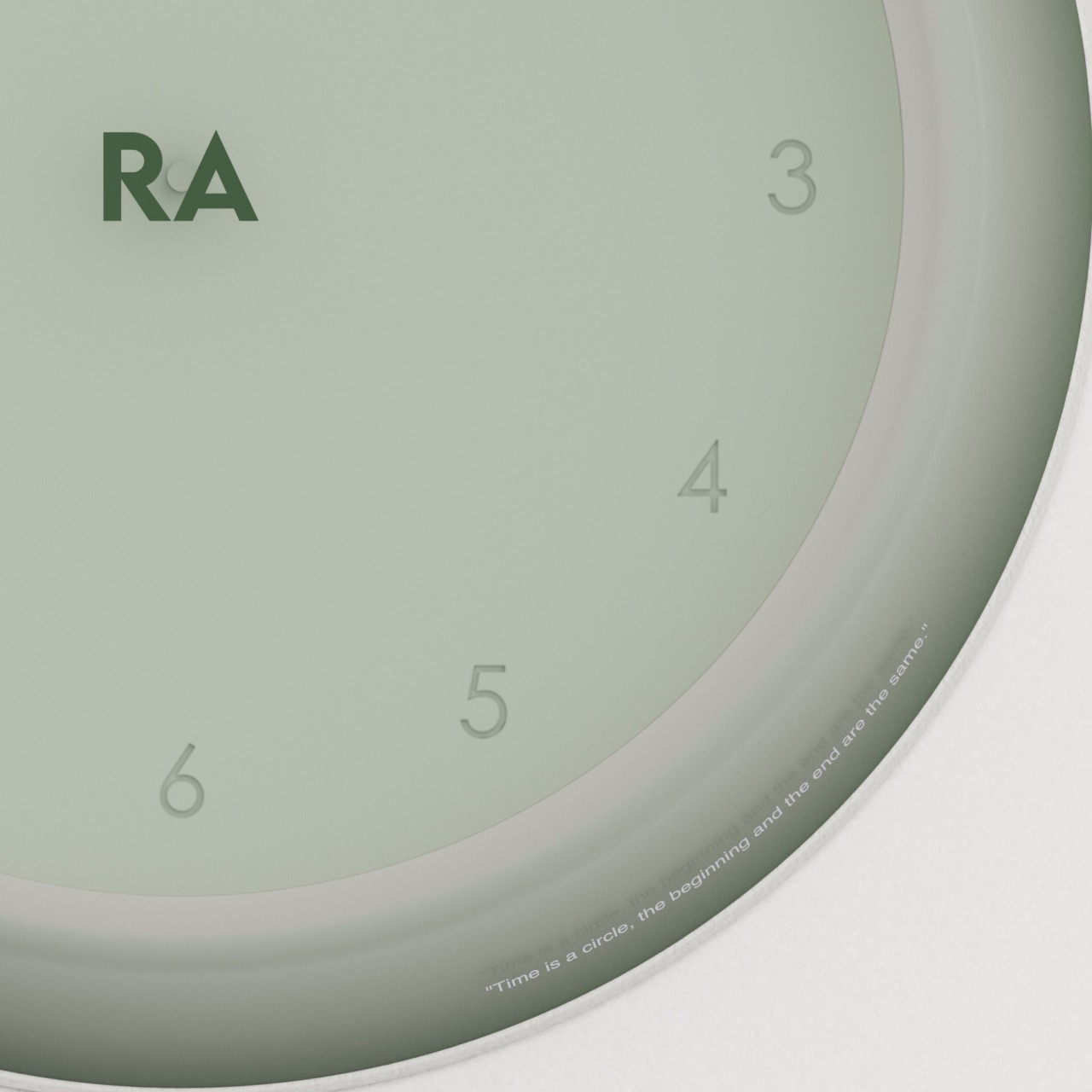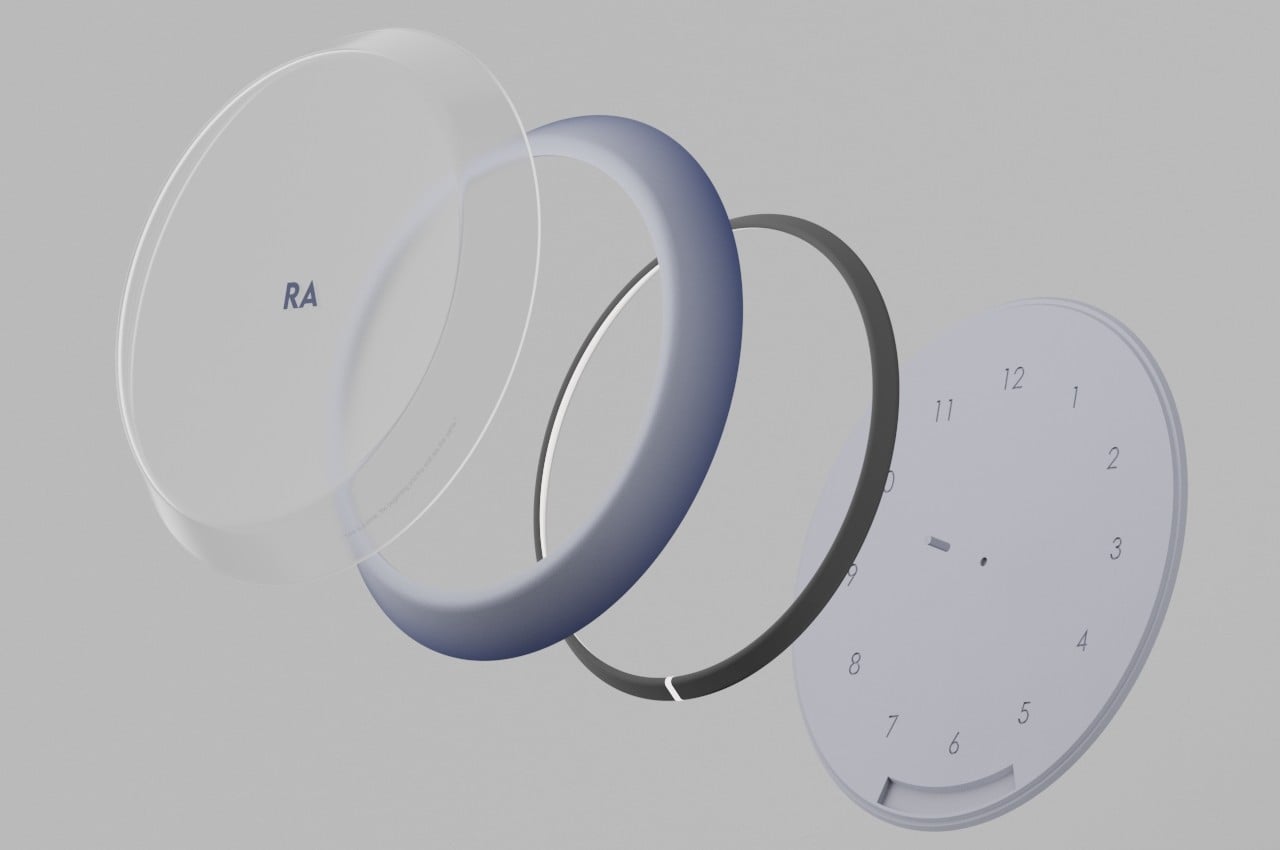
Flat-packed products like tables and chairs have definitely changed the furniture design landscape and altered consumers’ tastes. But while these designs do make it easy to store, transport, and sometimes assemble pieces of furniture, they often also end up being bland in the name of minimalism, not to mention tedious and cumbersome to repair or dispose of, despite the supposed ease of assembly. Thanks to new manufacturing techniques and technologies, especially 3D printing, there are now alternative methods and designs possible, including a beautiful chair that’s not only made from sustainable materials but is trivial to assemble and disassemble because it doesn’t even use screws or adhesives.
Designer: Eva Dugintseva
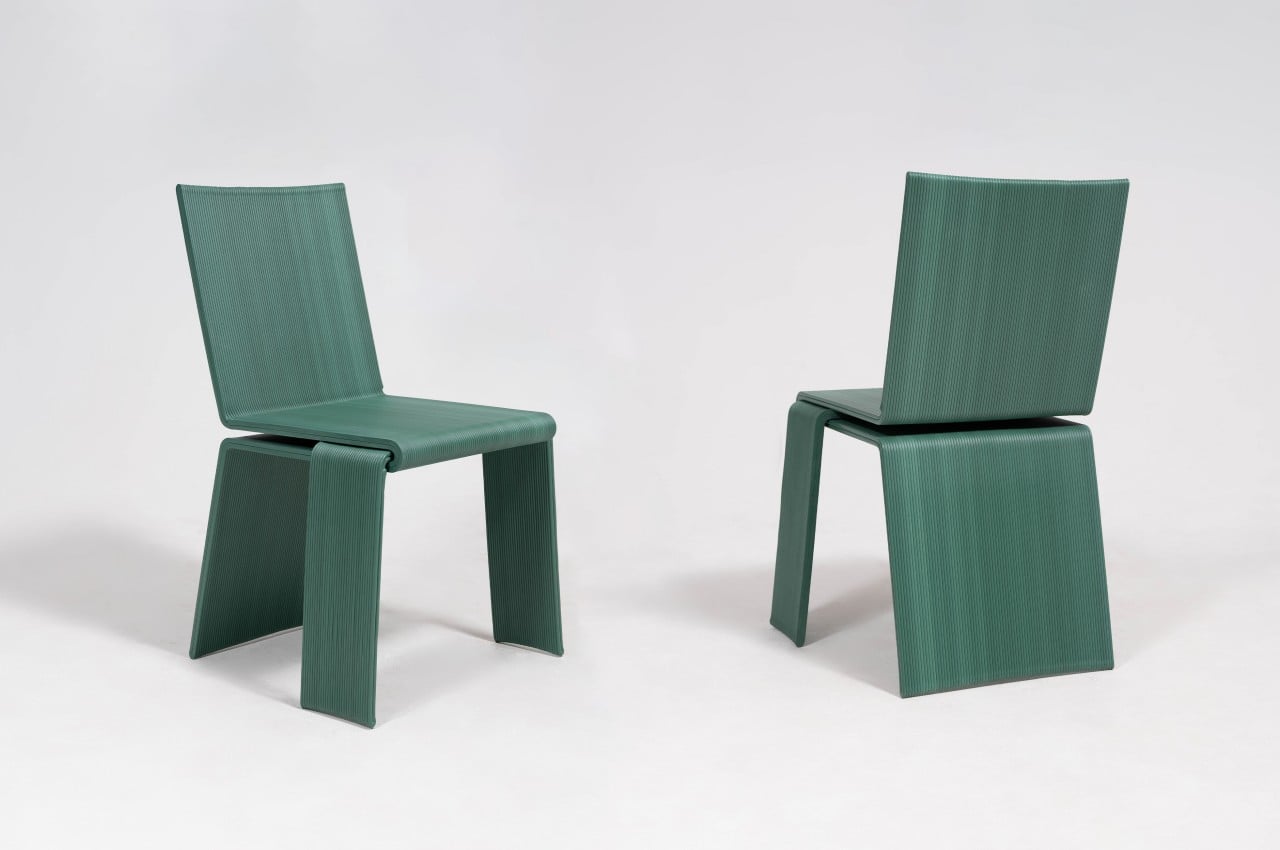
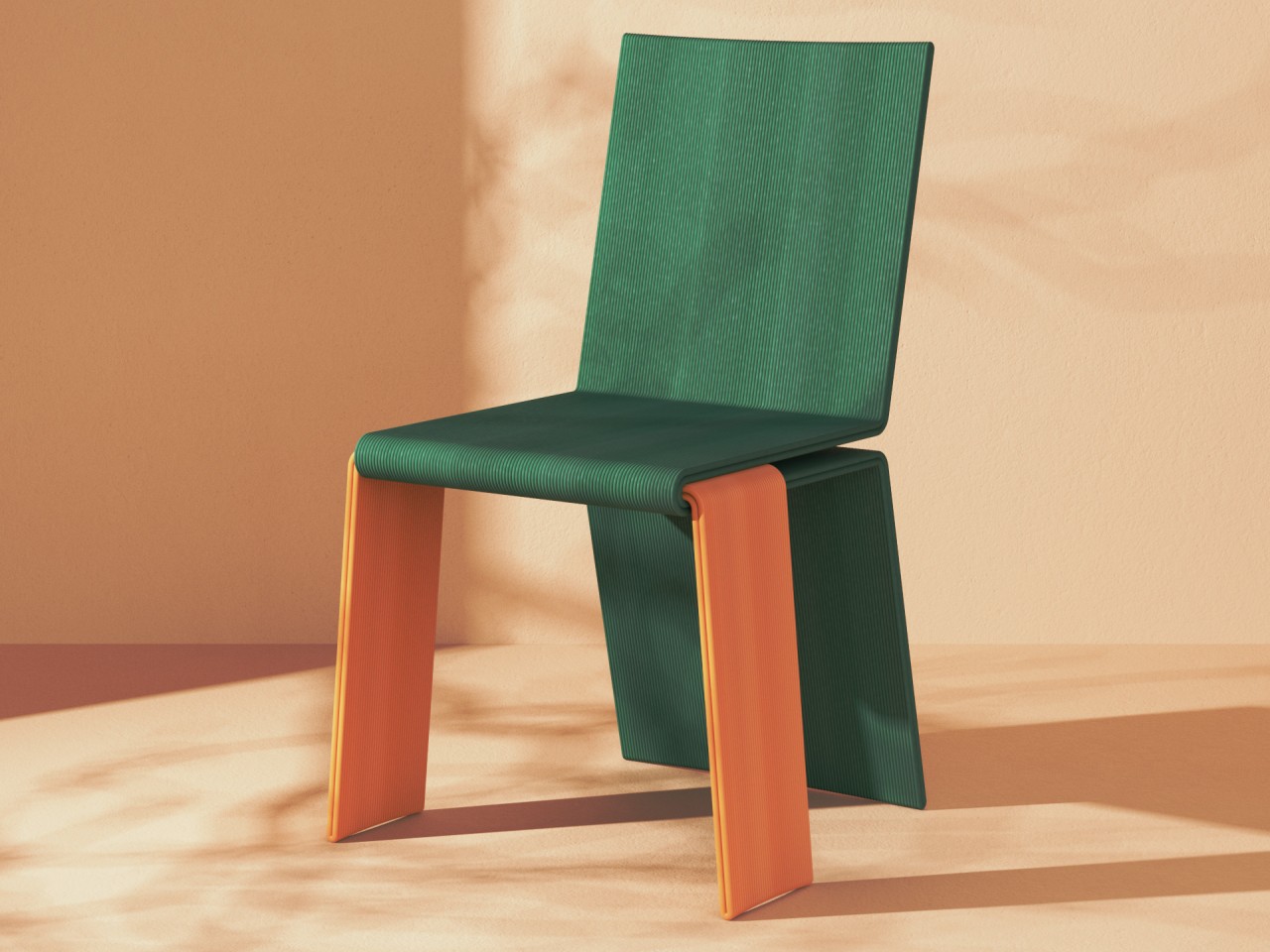
3D printing has definitely come a long way from the flimsy plastic materials that they started out with. We can now print objects using a variety of materials, including metal, chocolate, and soon, even wood. It’s even possible to use recycled PS (polystyrene) plastic, which helps reduce the negative impact of mass-produced plastic chairs. That alone already makes the Som Chair concept notable, but that isn’t the only trick it knows, not by a long shot.
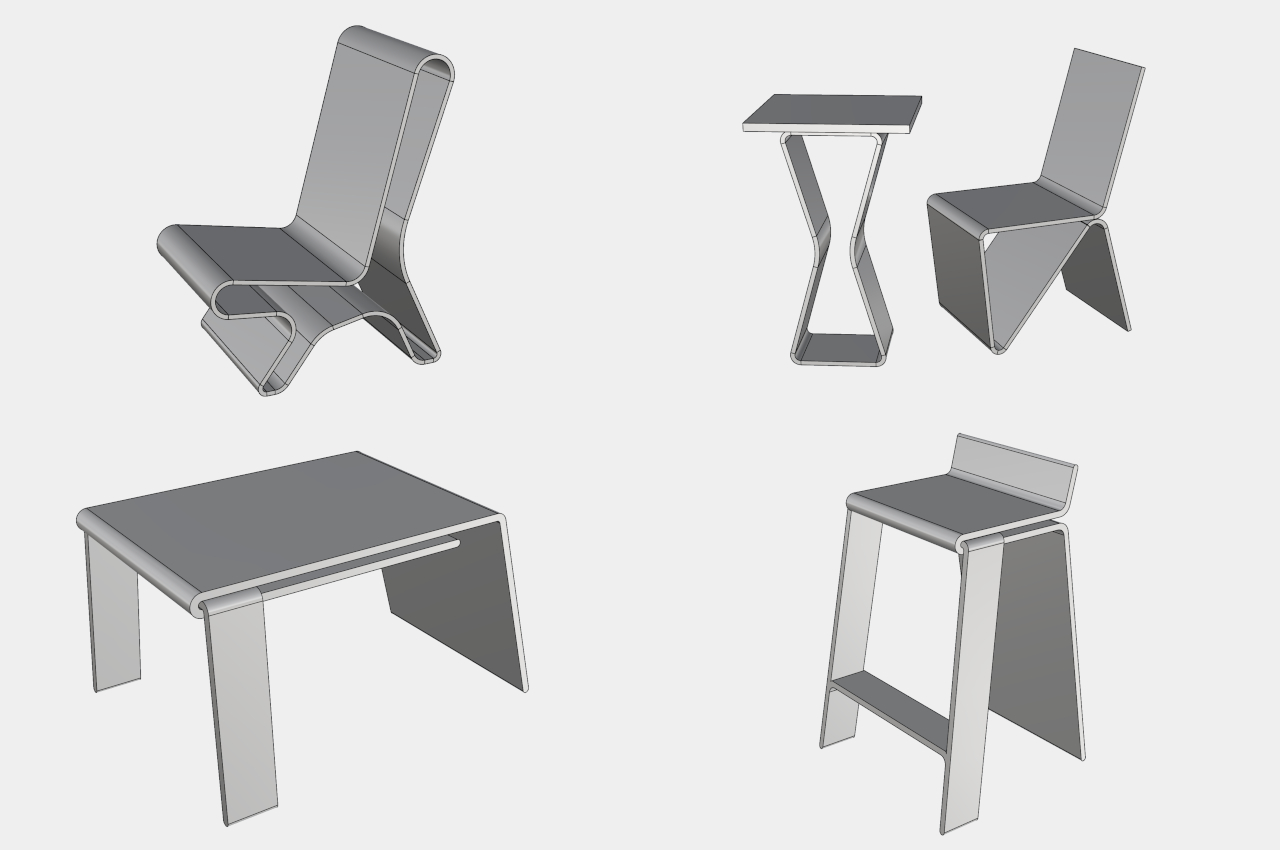
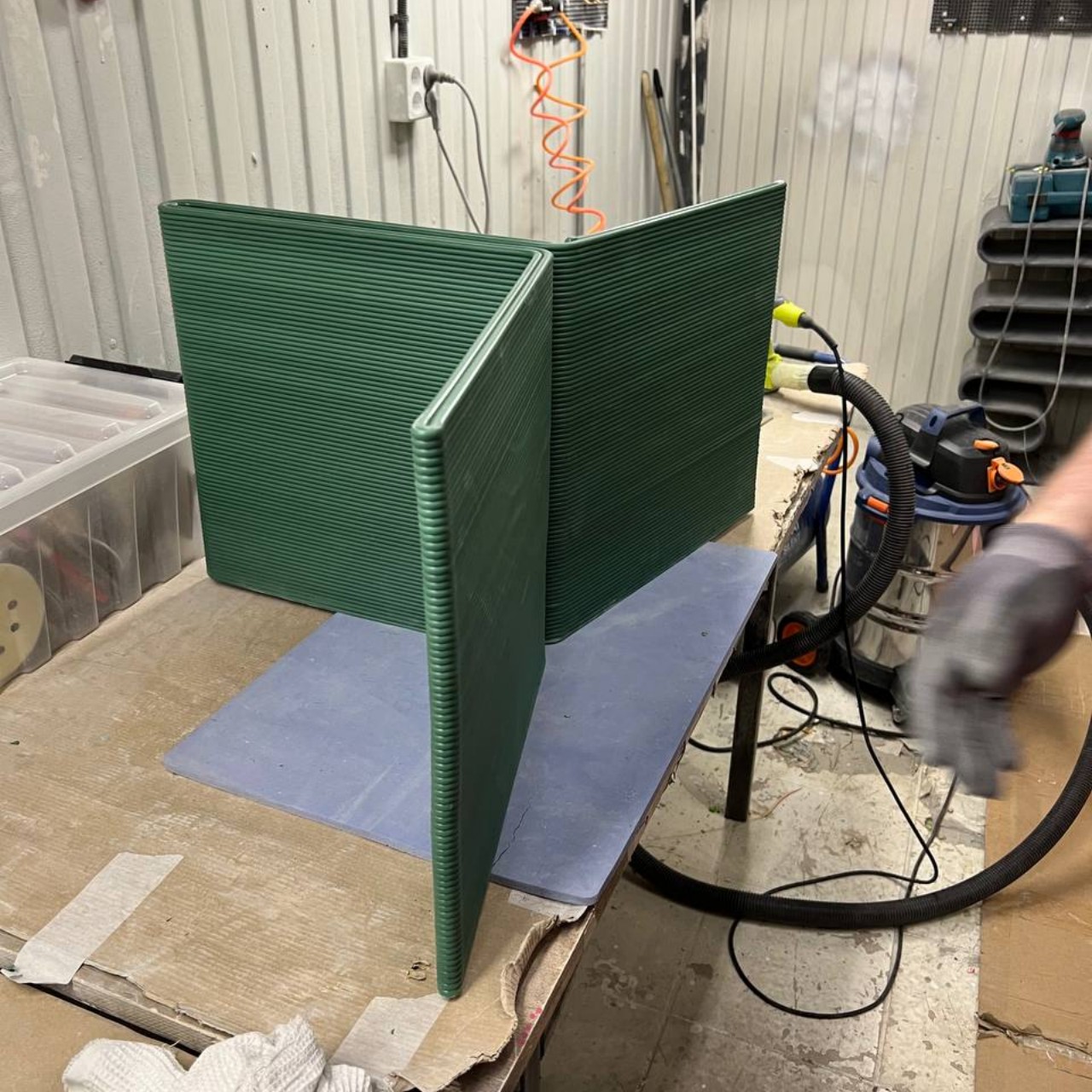
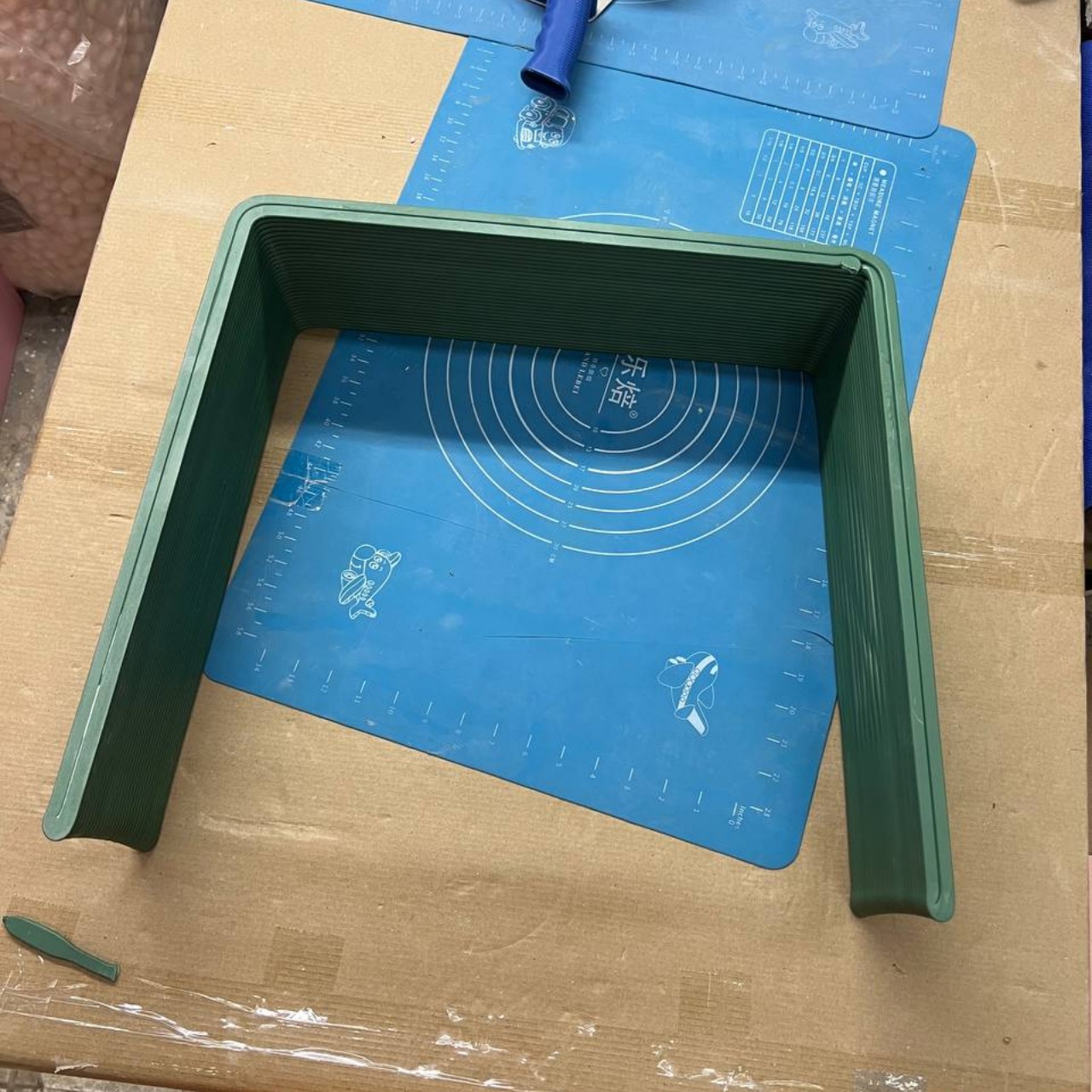
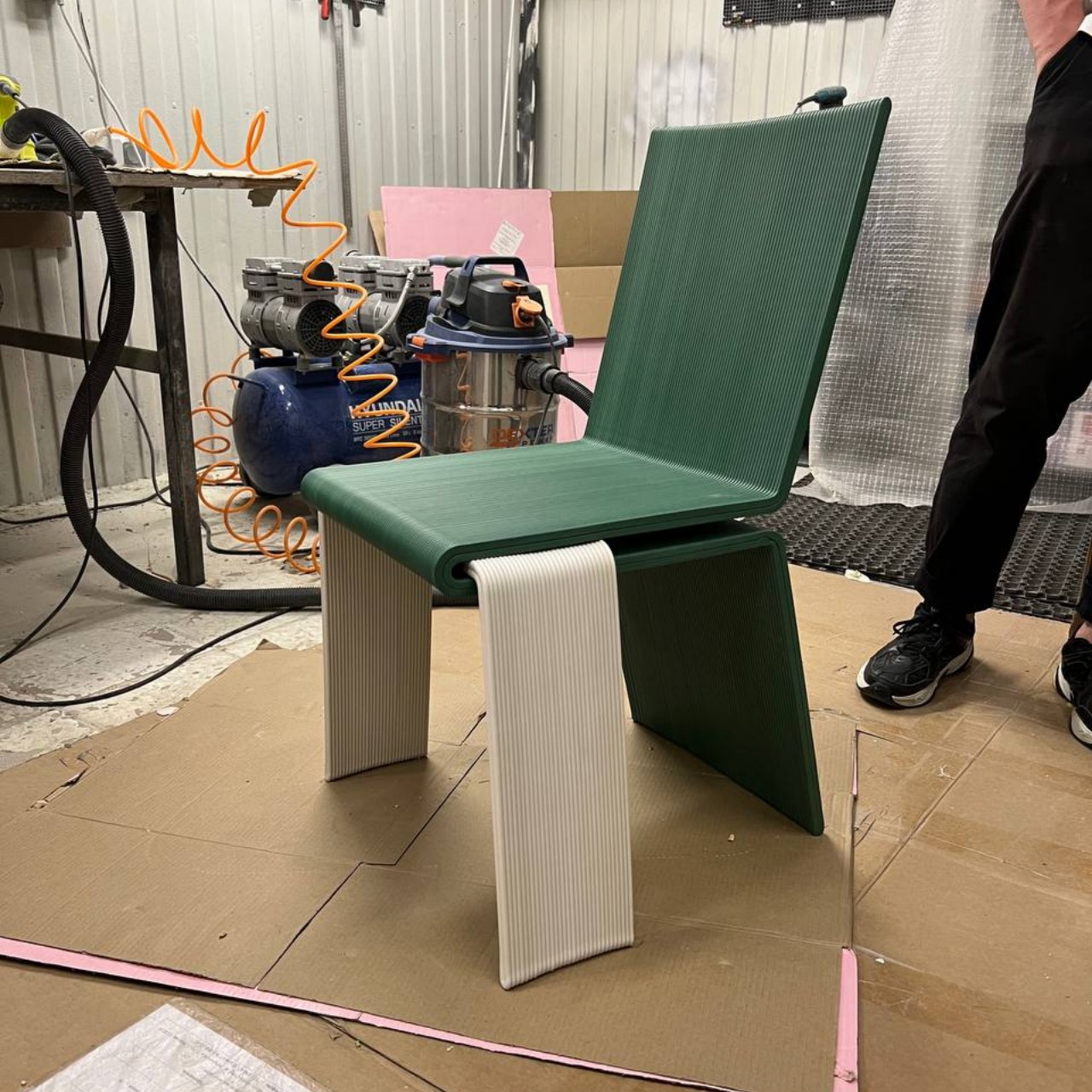
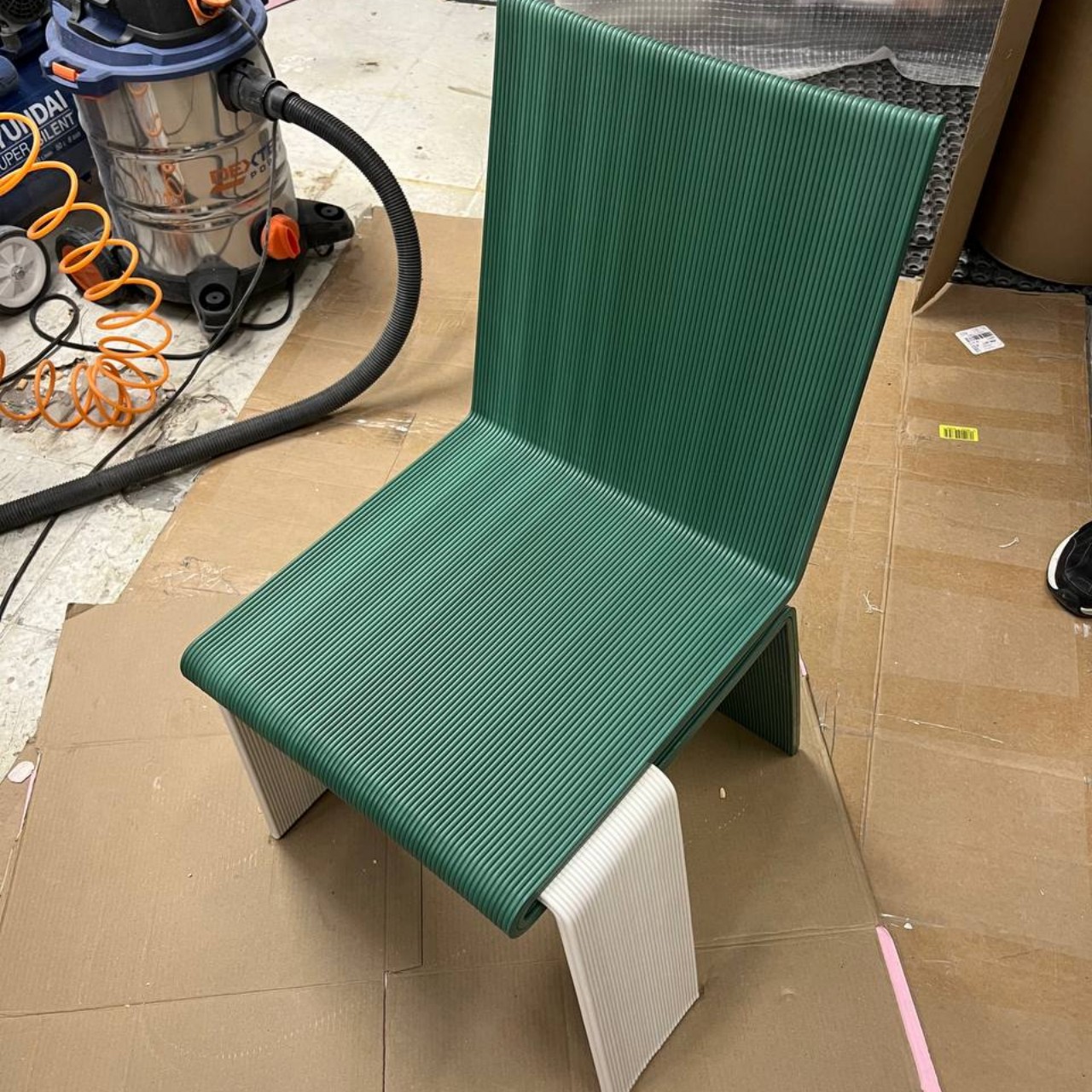
Thanks to 3D printing, it was possible to experiment with and use shapes that would normally be costly to pull off on a mass production line. In this case, the chair is made from two separate bent shapes with ridged surfaces that make them look like dozens of plastic tubes stuck to one another. The main structure of the chair has a small gap for the smaller piece to slide into, forming the three legs of the chair. Instead of using glue or screws, this simple mechanism, along with physics, give the chair its stability.
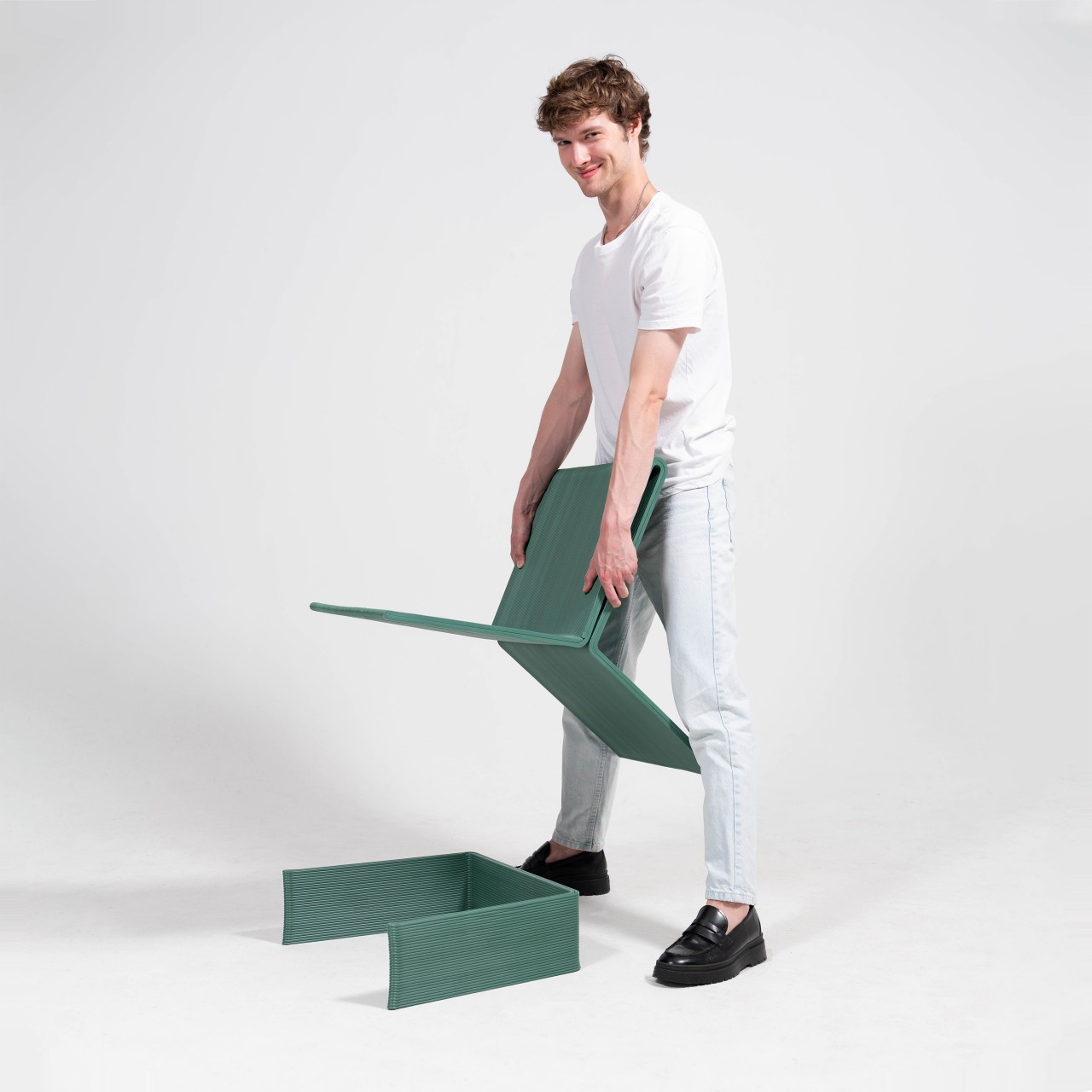
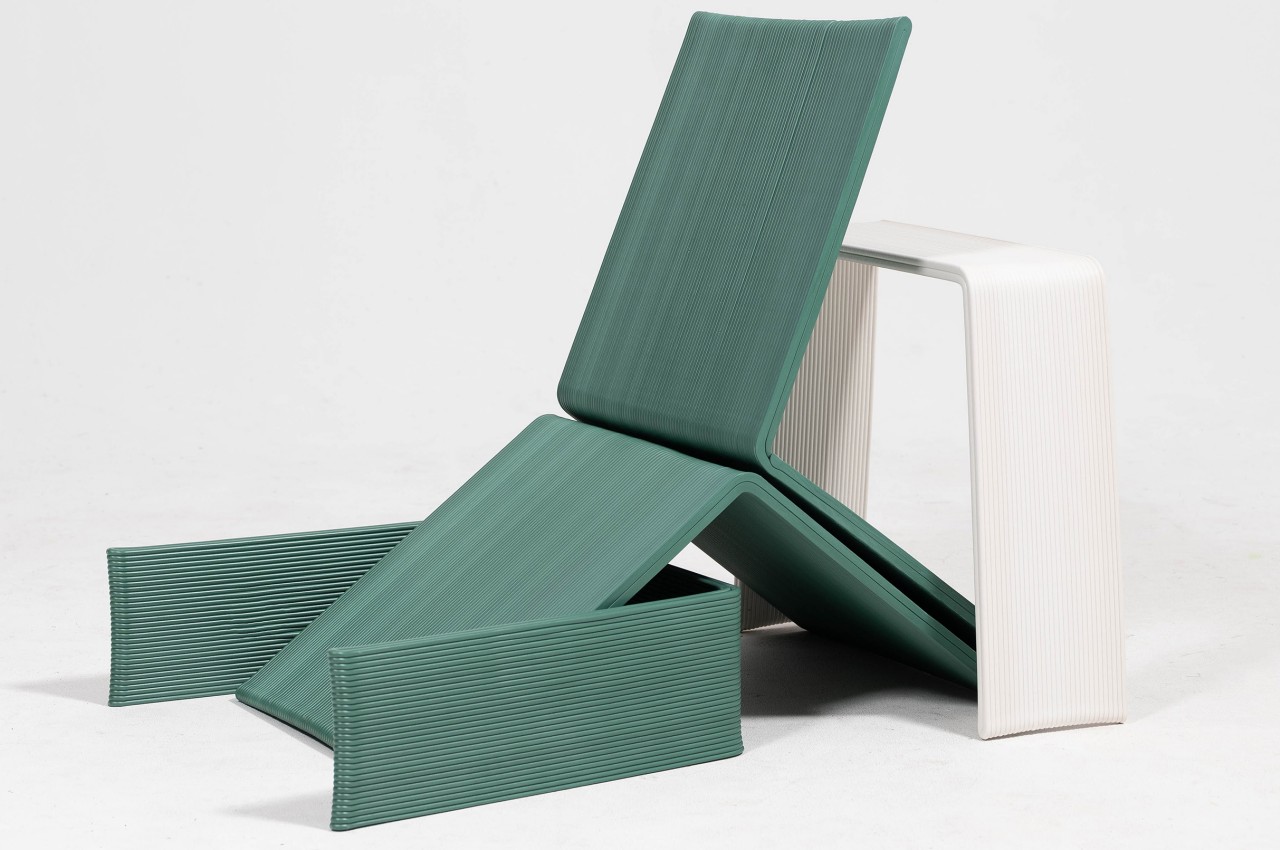
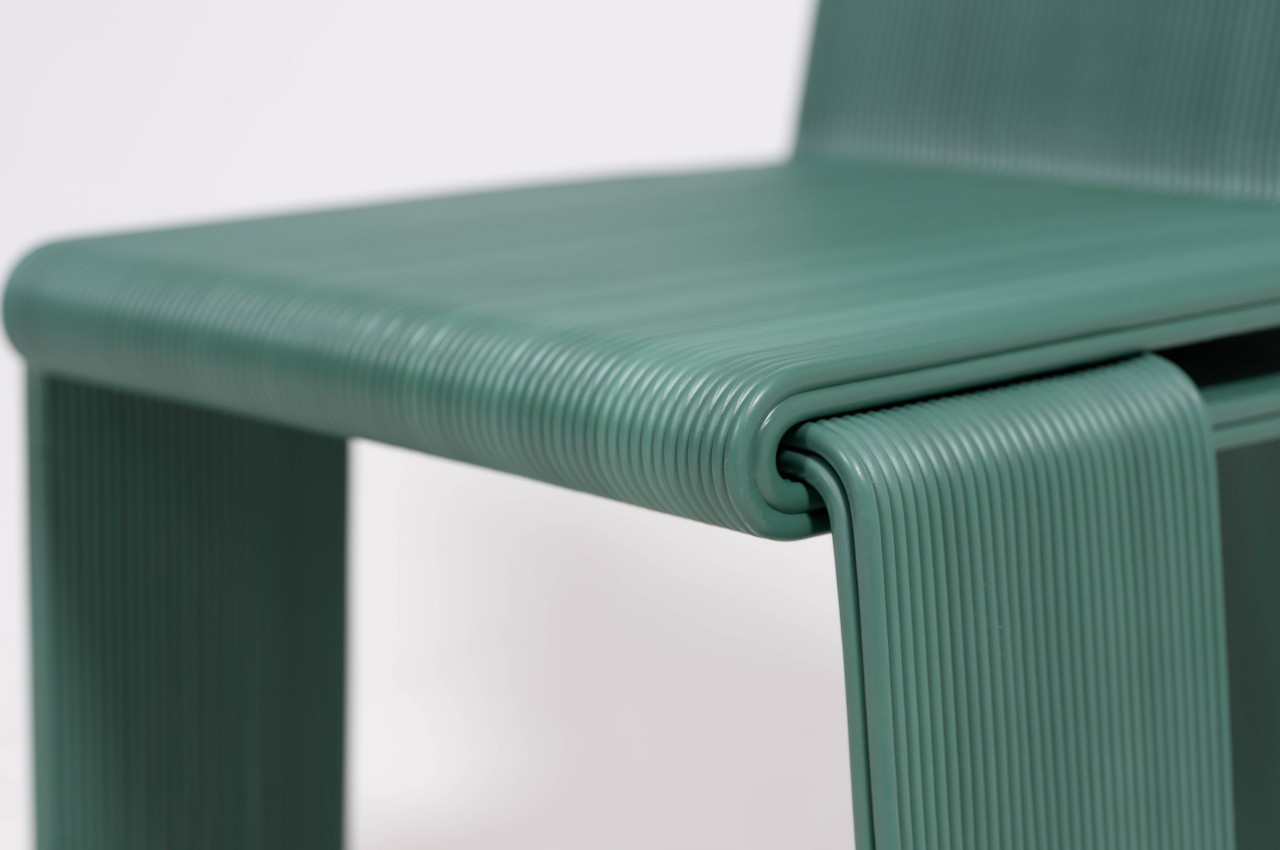
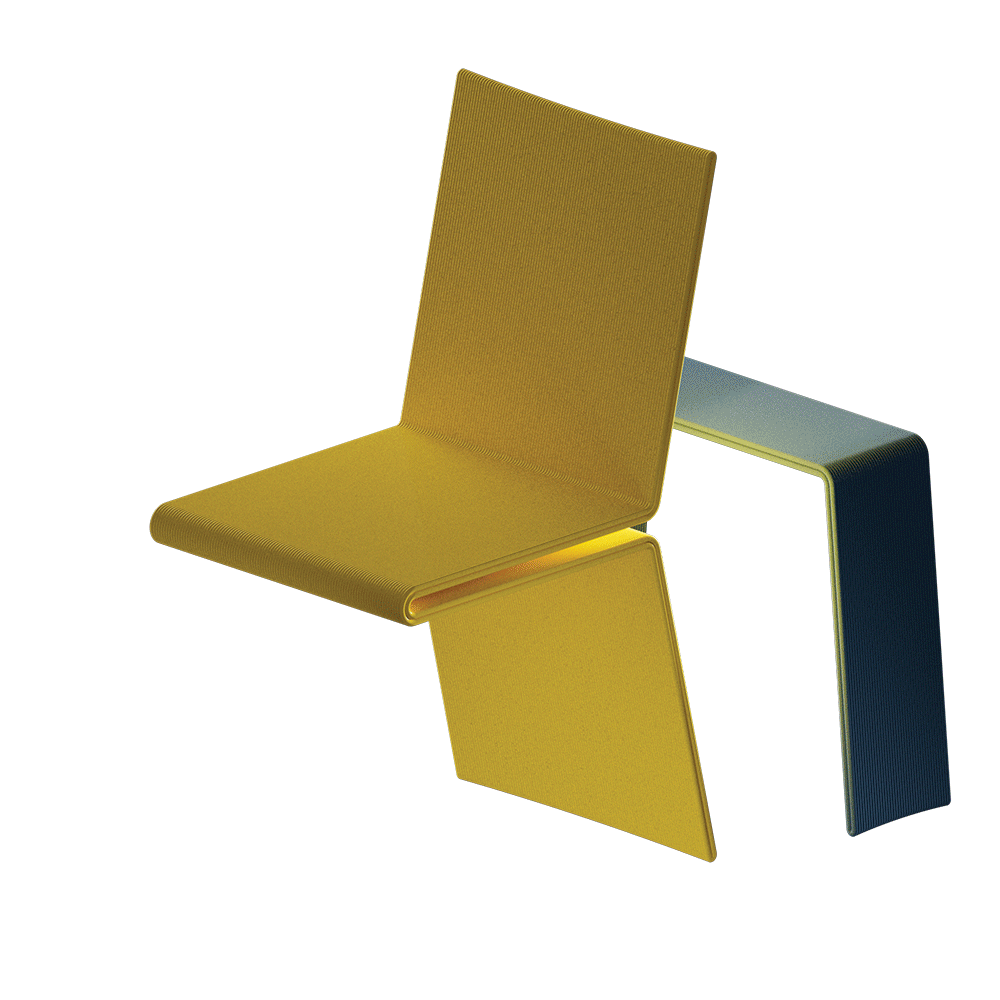
This means that the Som Chair isn’t just easy to assemble, it’s also easy to take apart if you need to move it or even dispose of it. It might be possible to break down and recycle the plastic to make other objects, making it a little bit more sustainable, despite being made of plastic. You can also mix and match designs or replace only parts that are broken, giving the design more longevity as well.
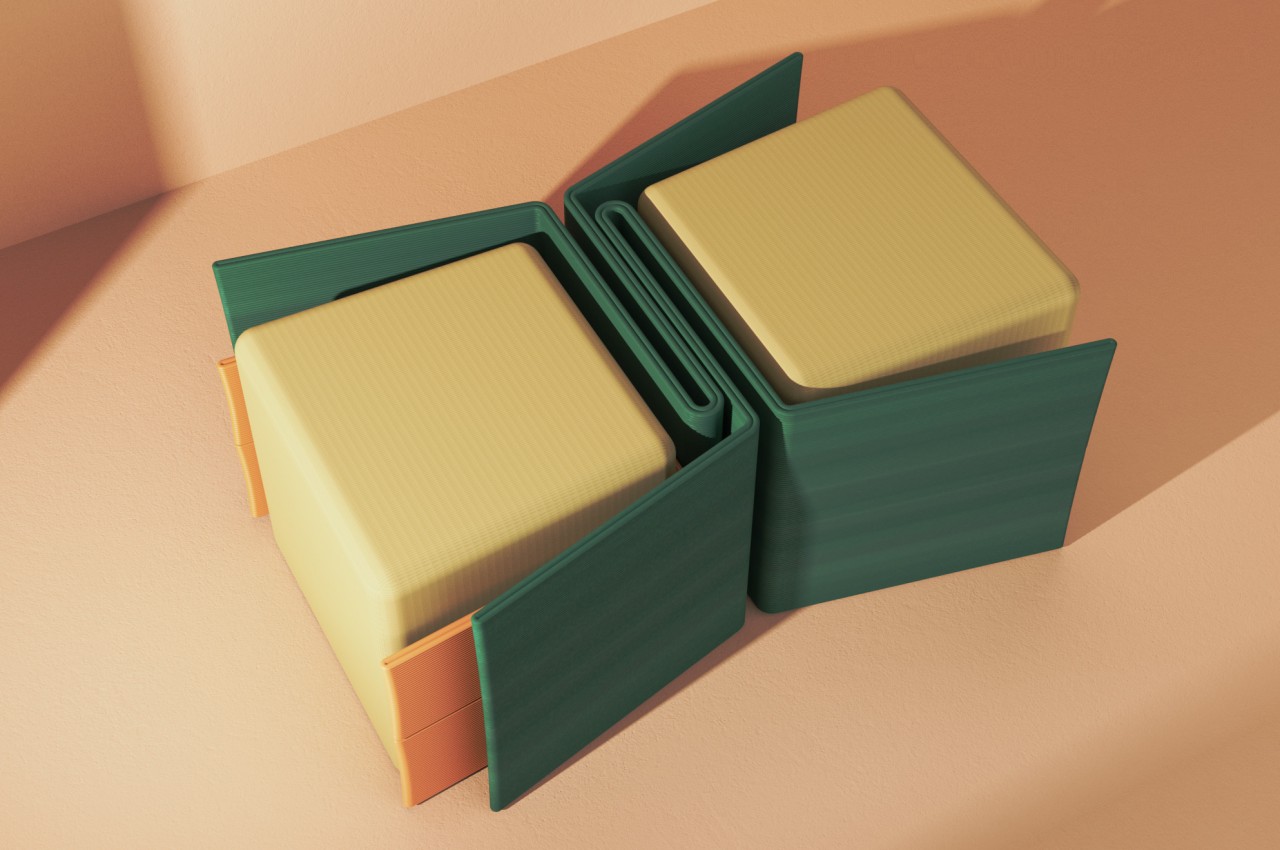
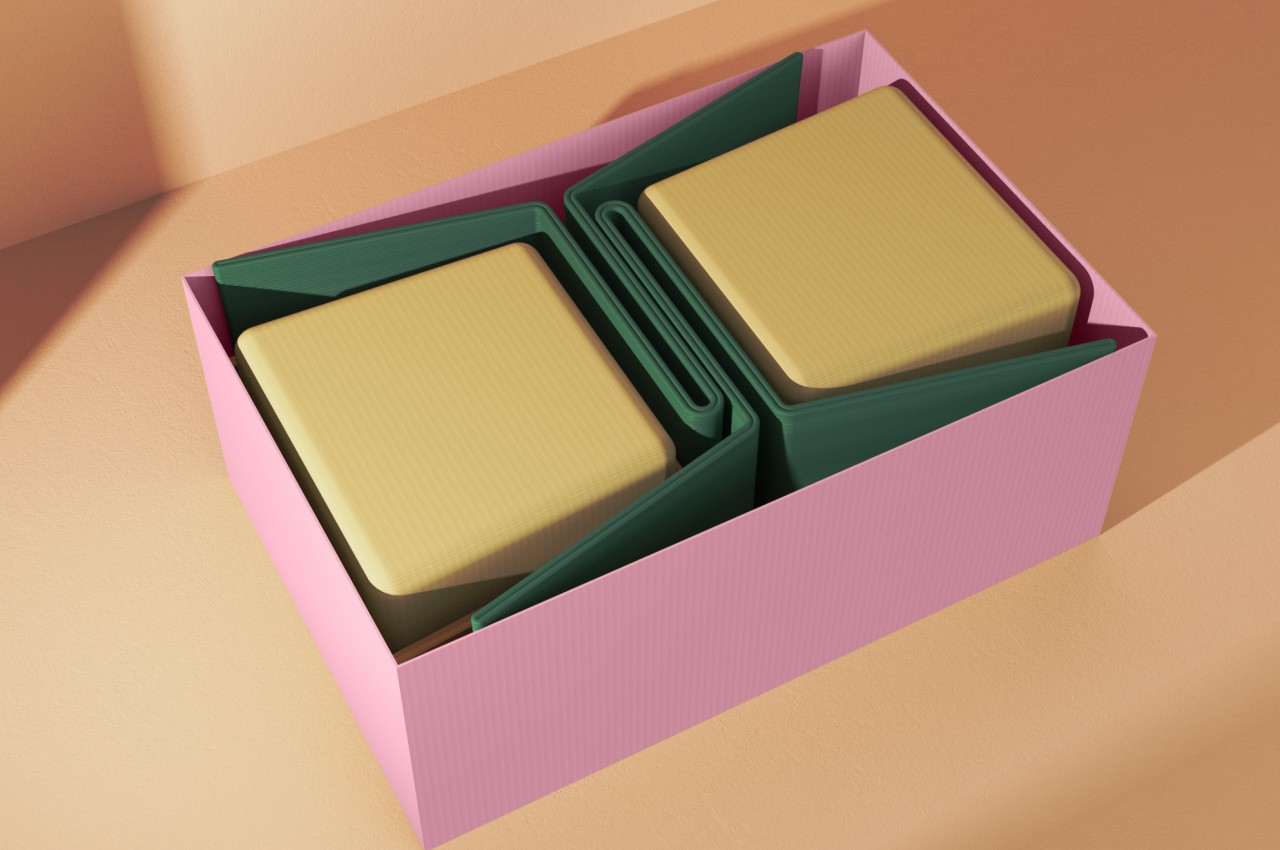
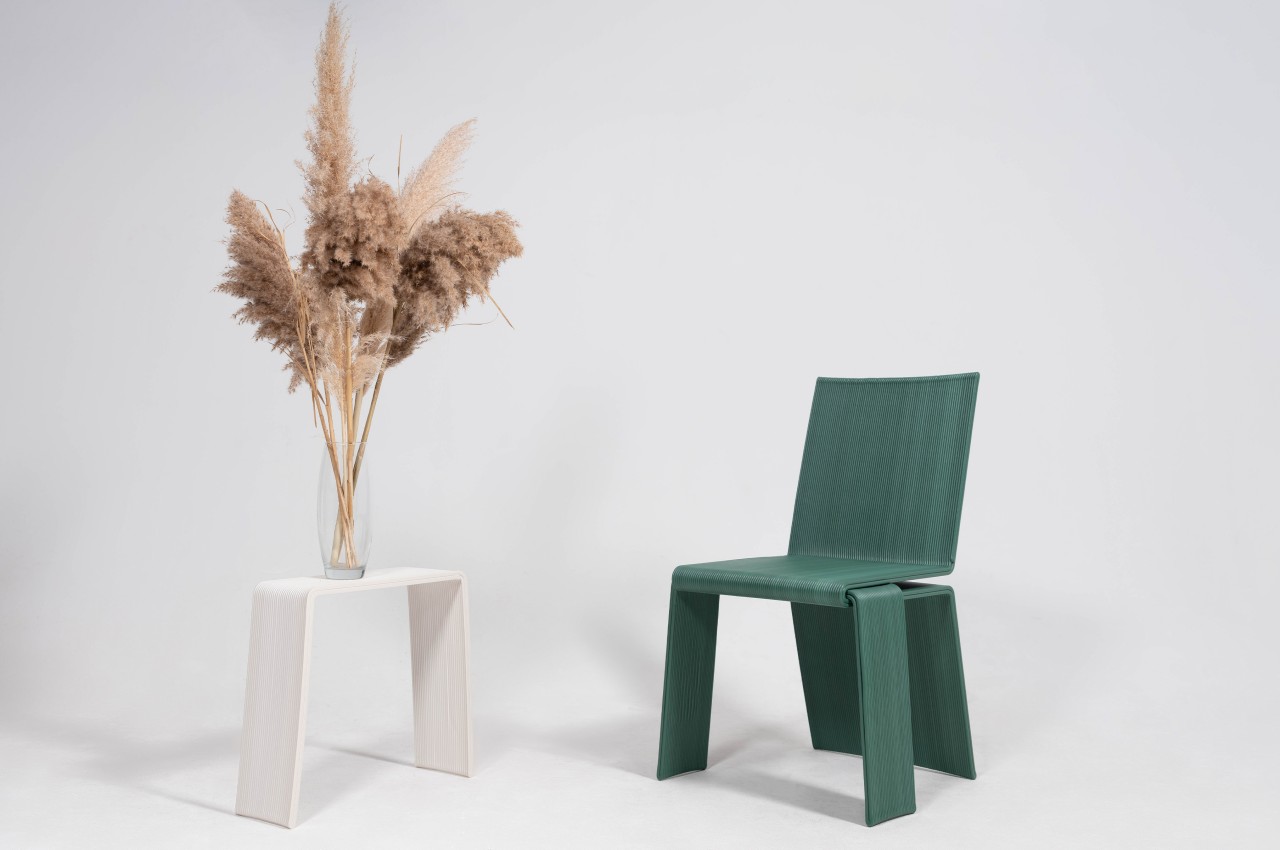
Granted, this design won’t be as flat as a flat-packed chair, but you can package two of these together in a single box. Being 3D printed, there’s also more leeway in possible designs, giving this asymmetrical Memphis Milano chair more personality than your common minimalist yet plain flat-packed variety.
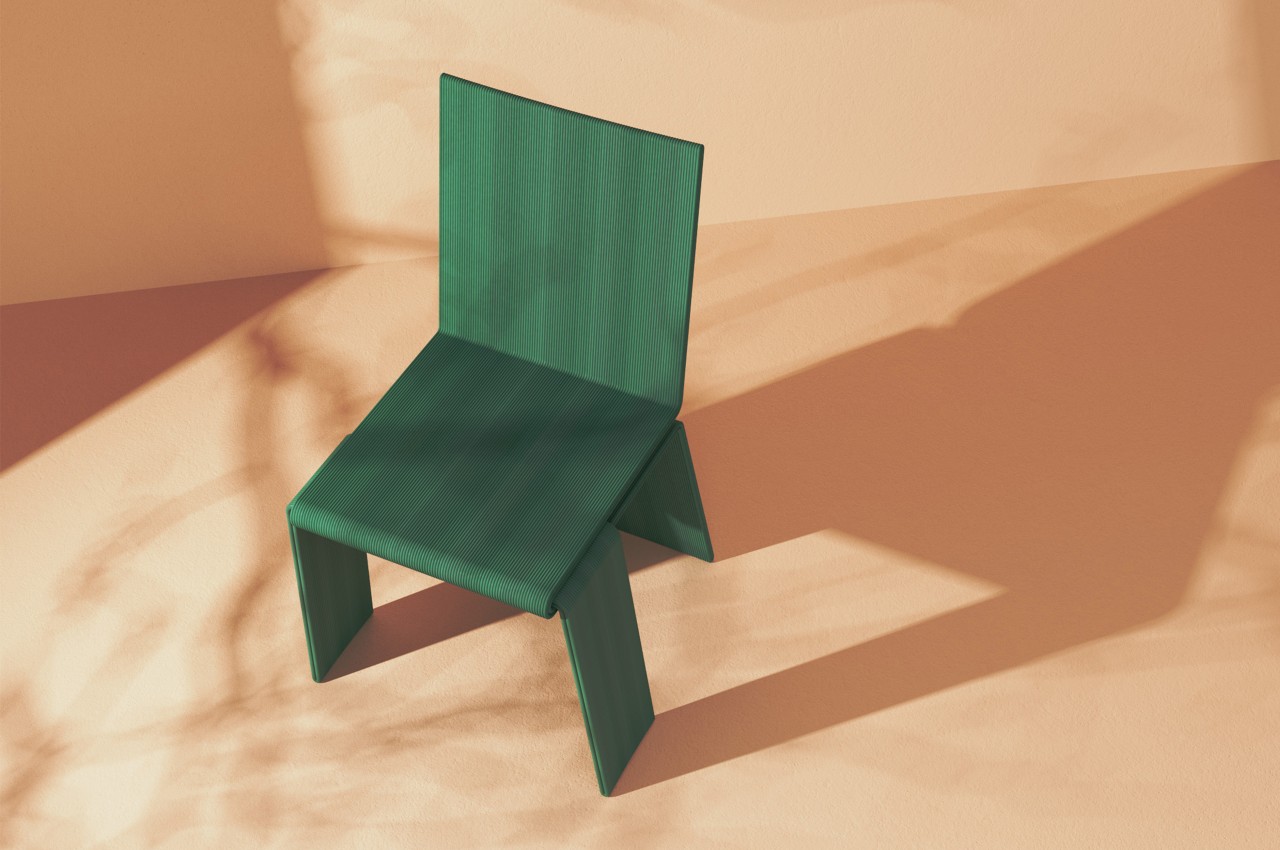
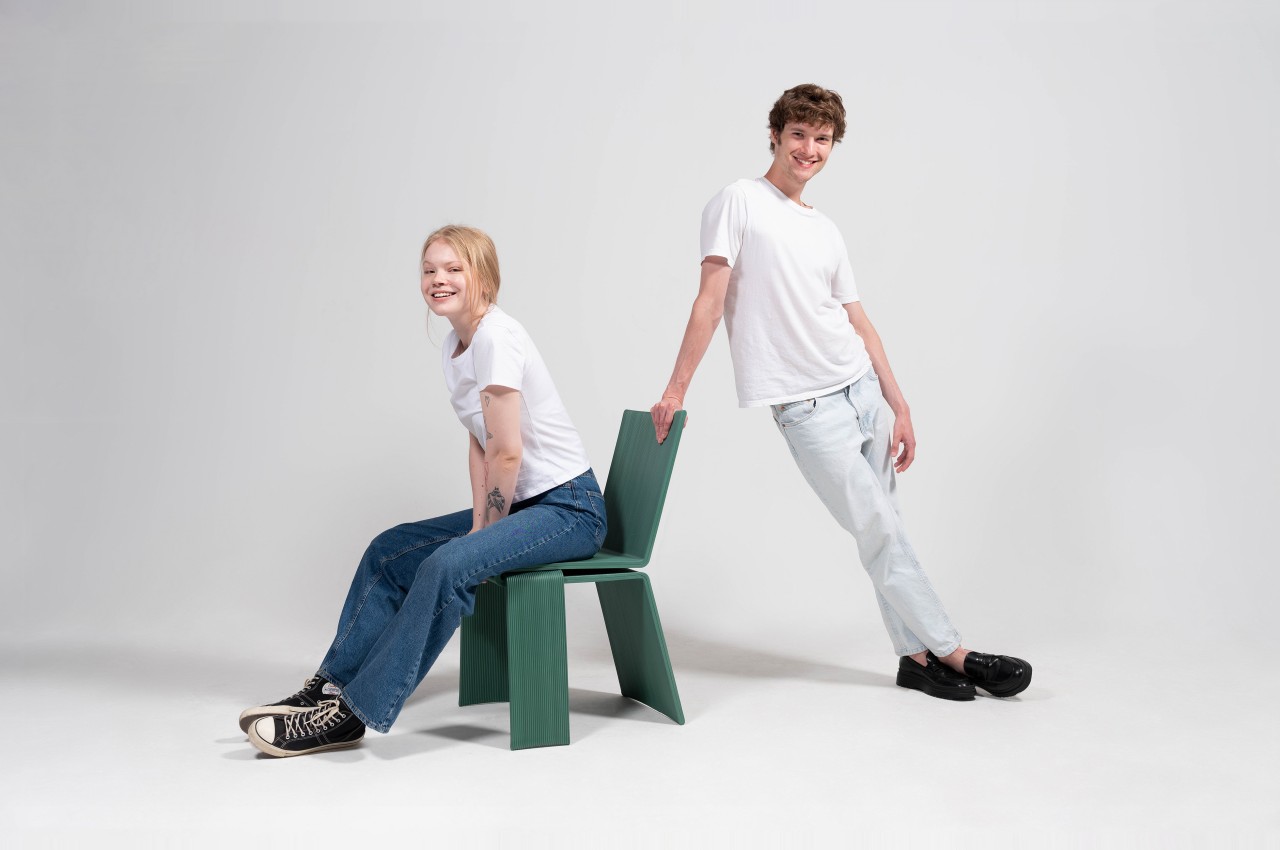
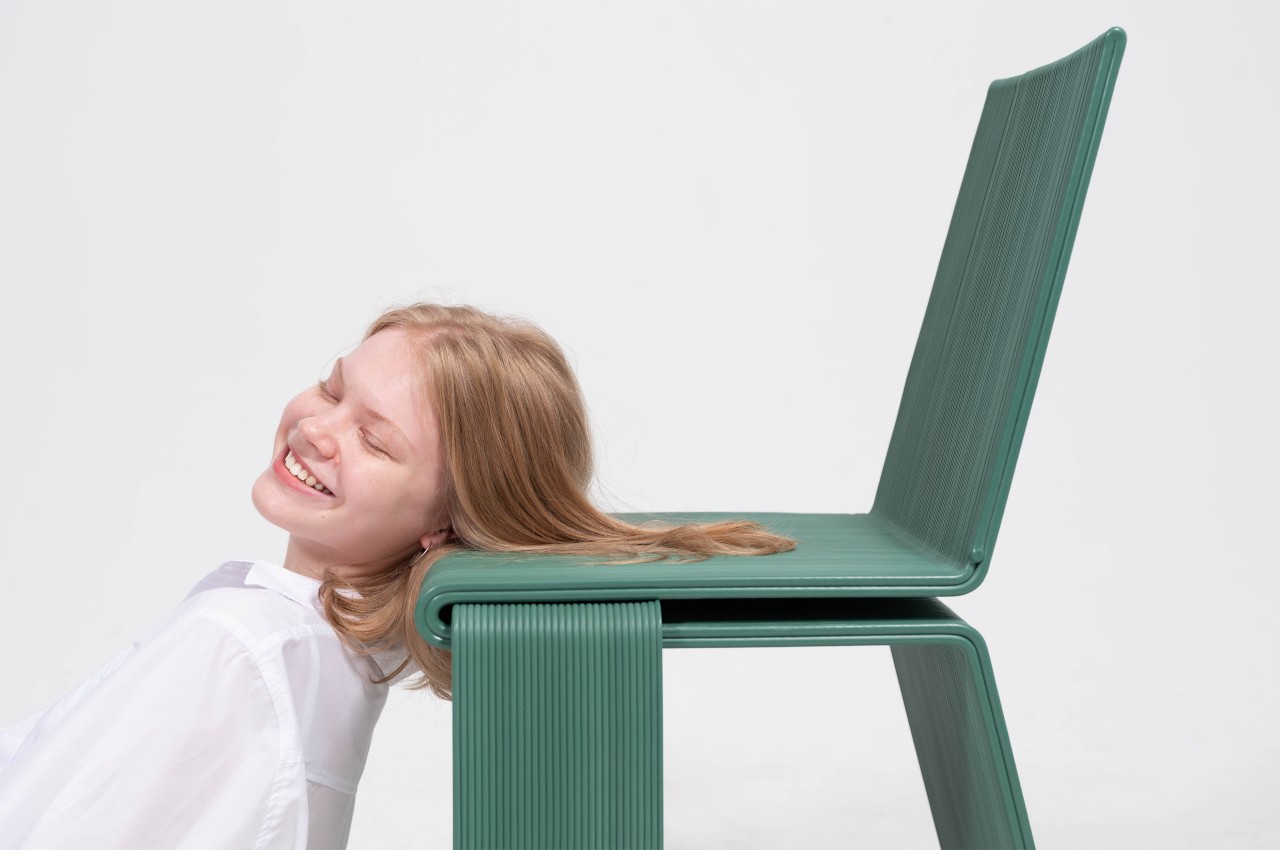
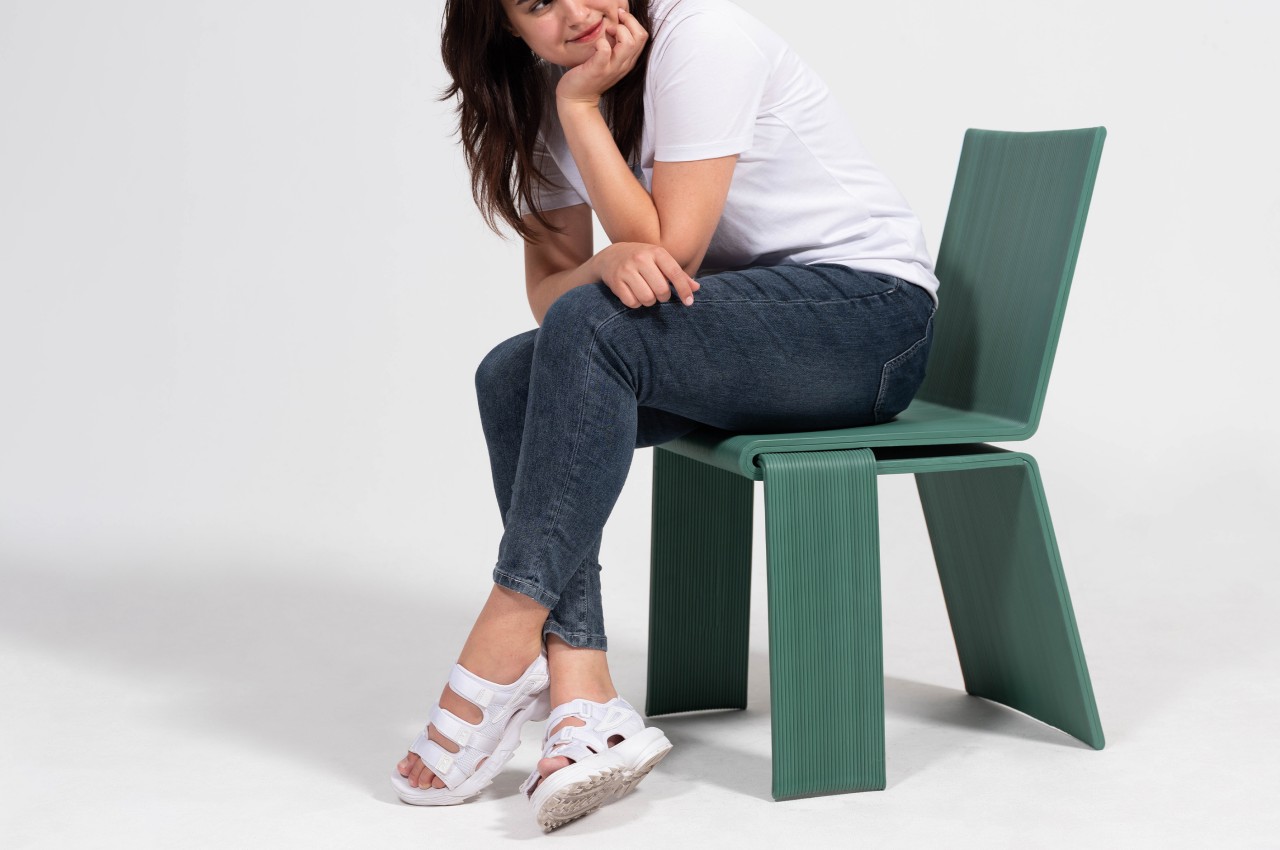
The post Sustainable 3D printed chair needs no glue or screws to connect its pieces first appeared on Yanko Design.






